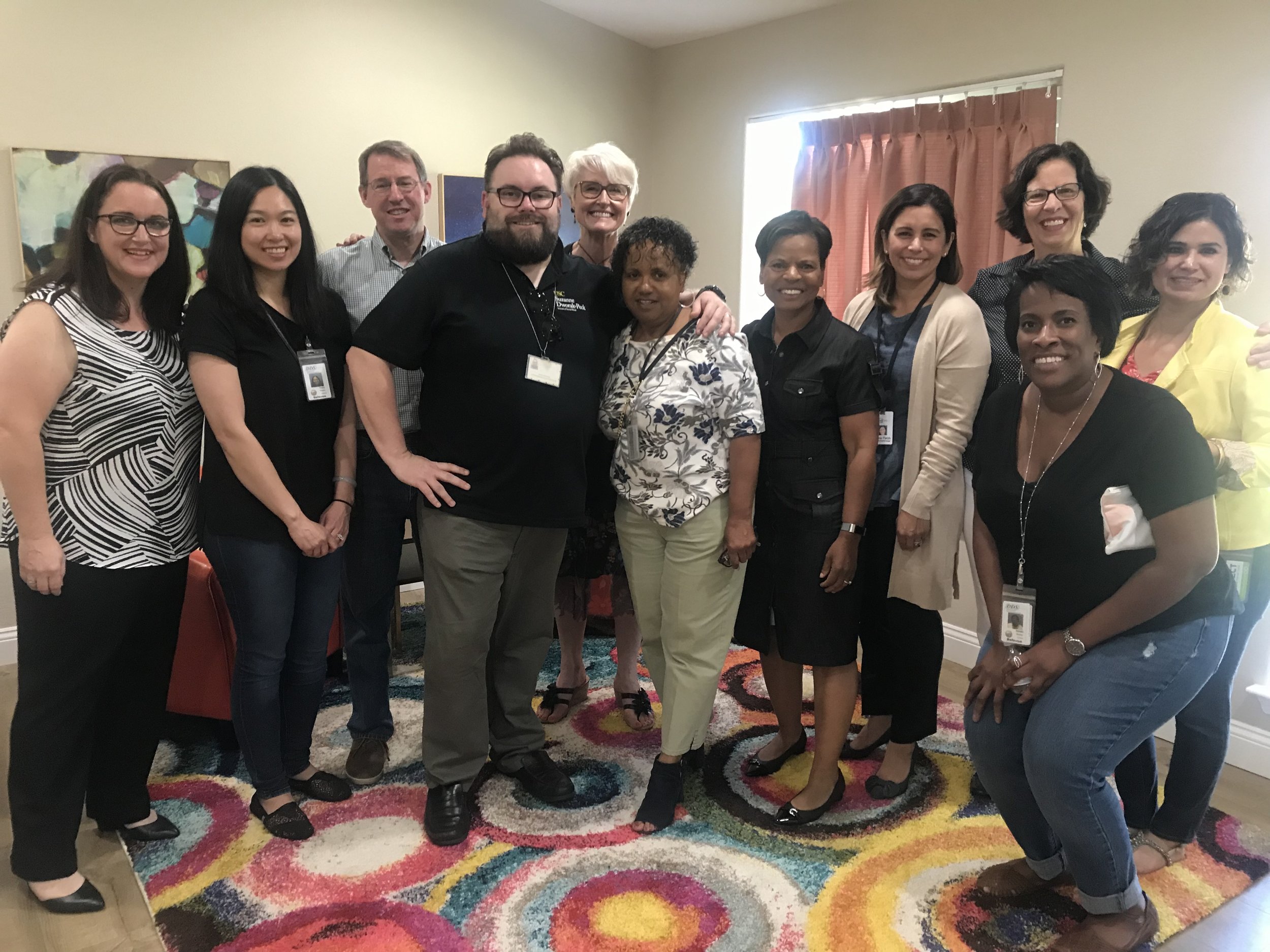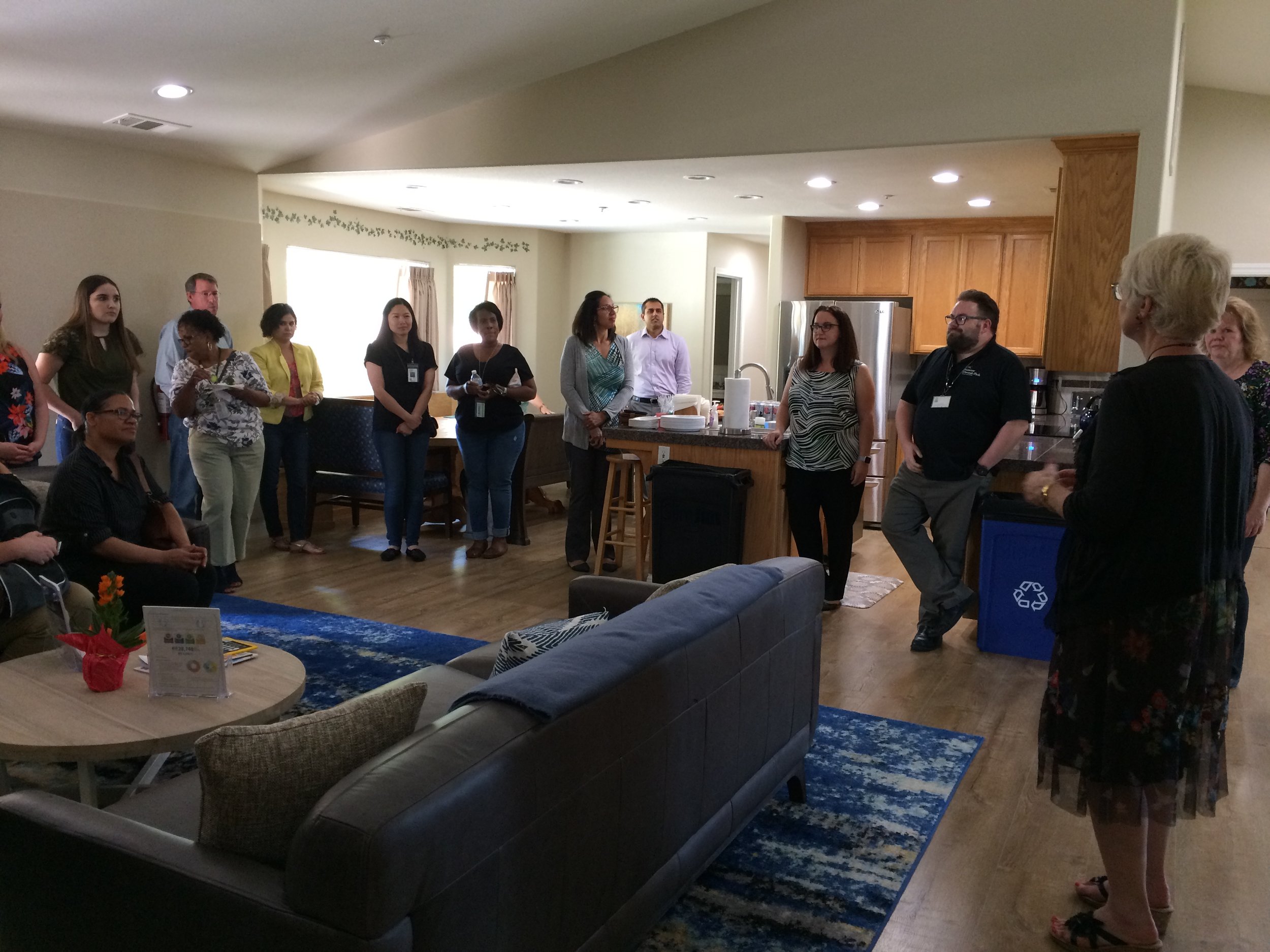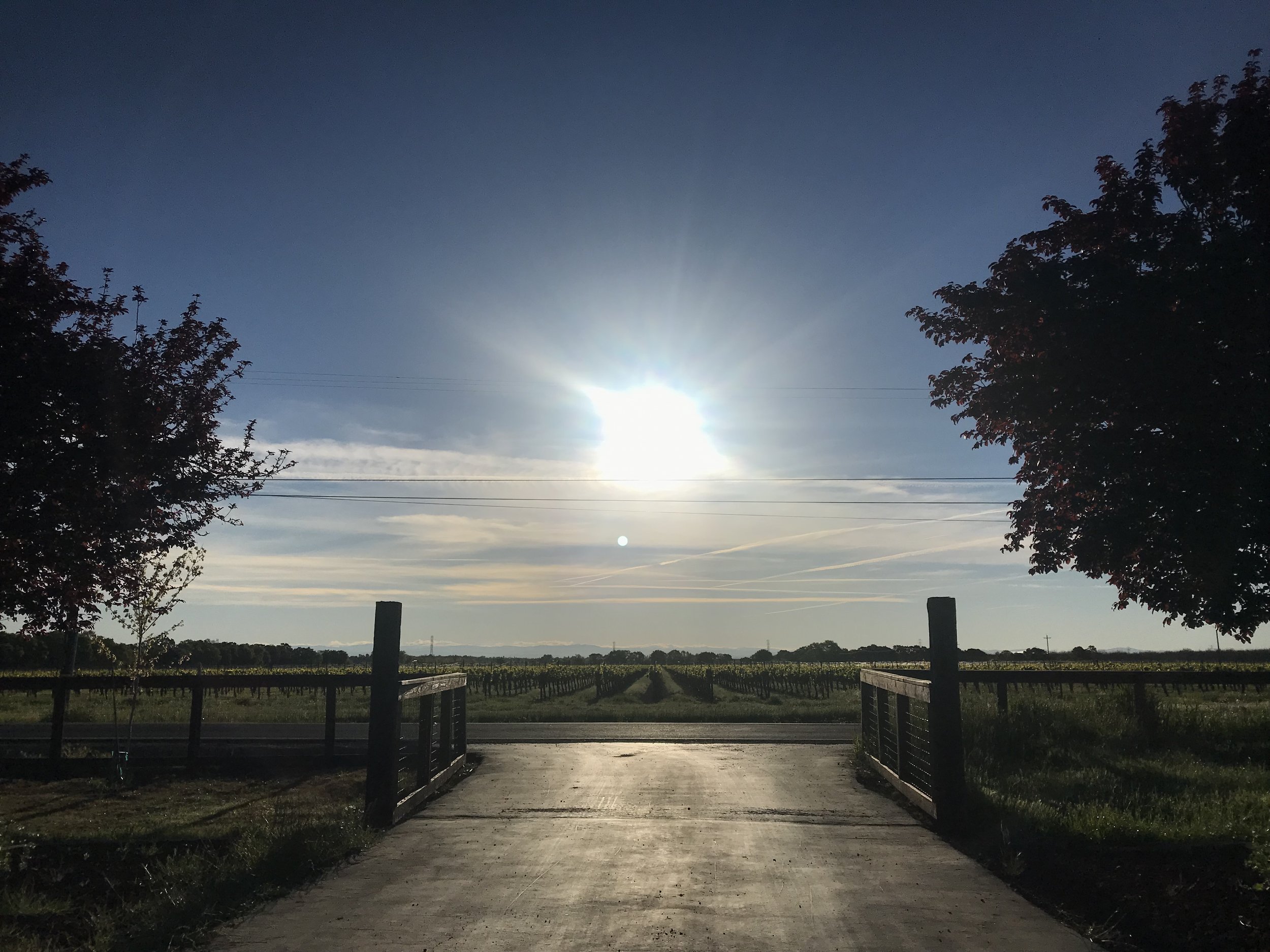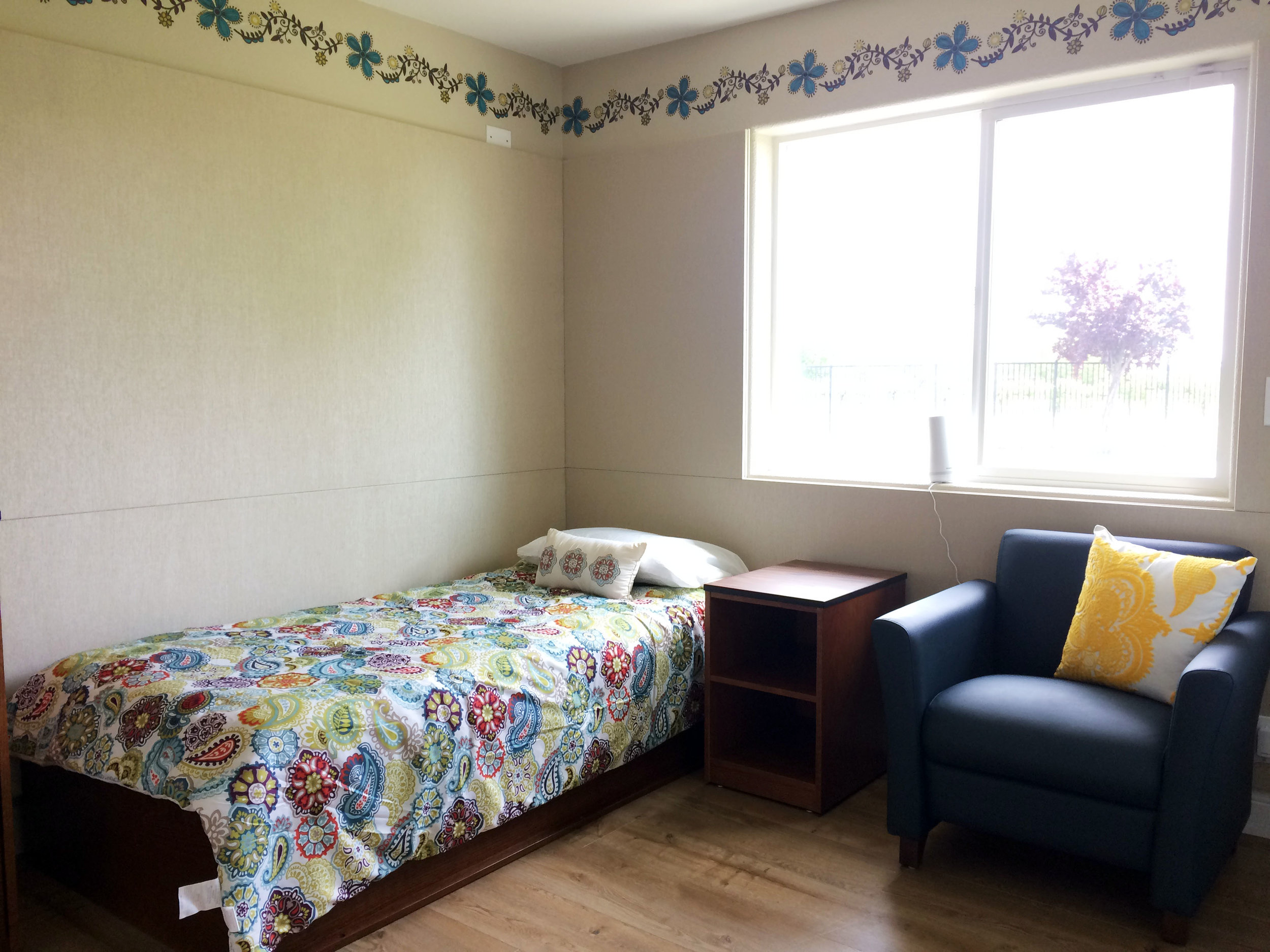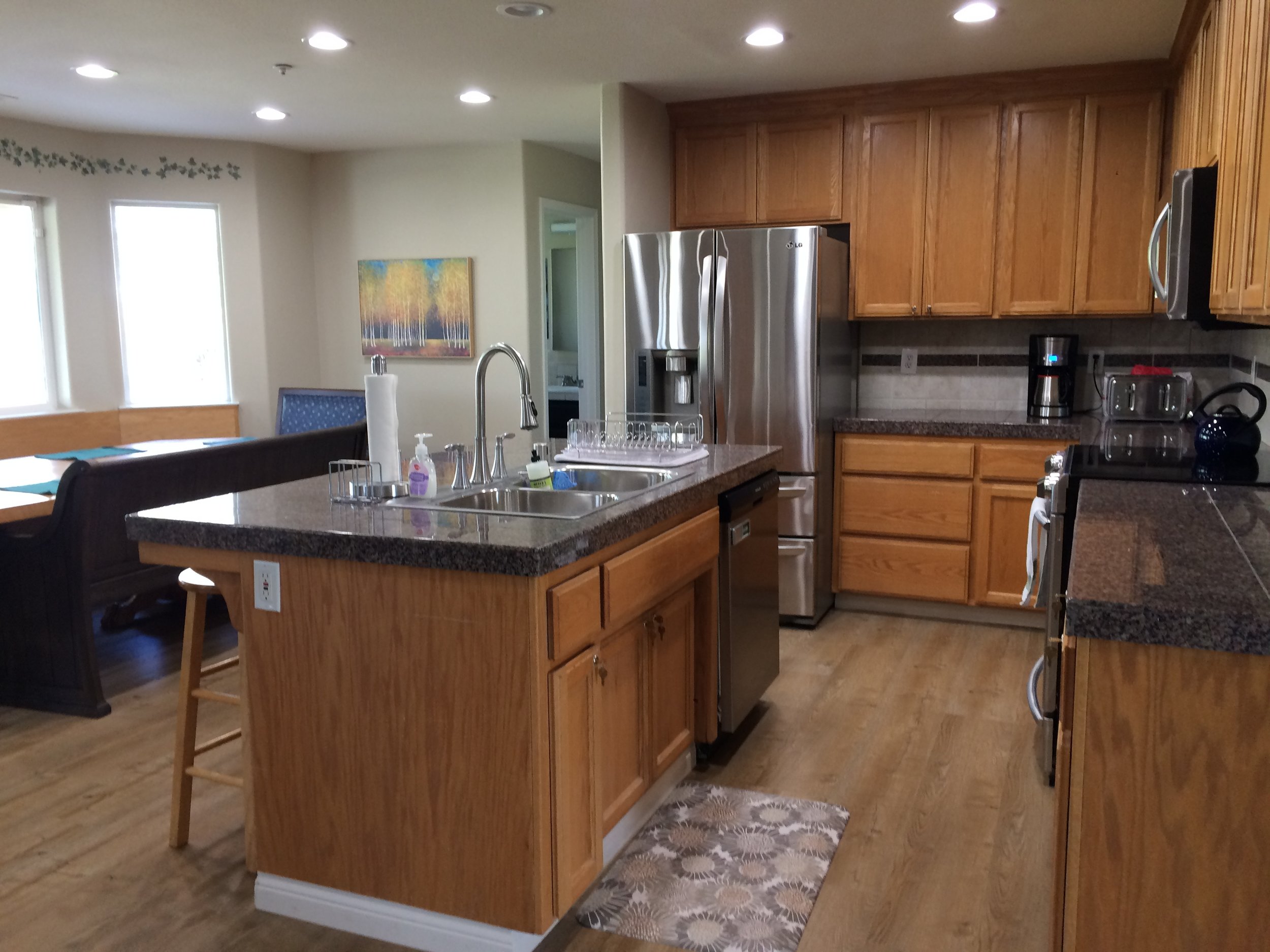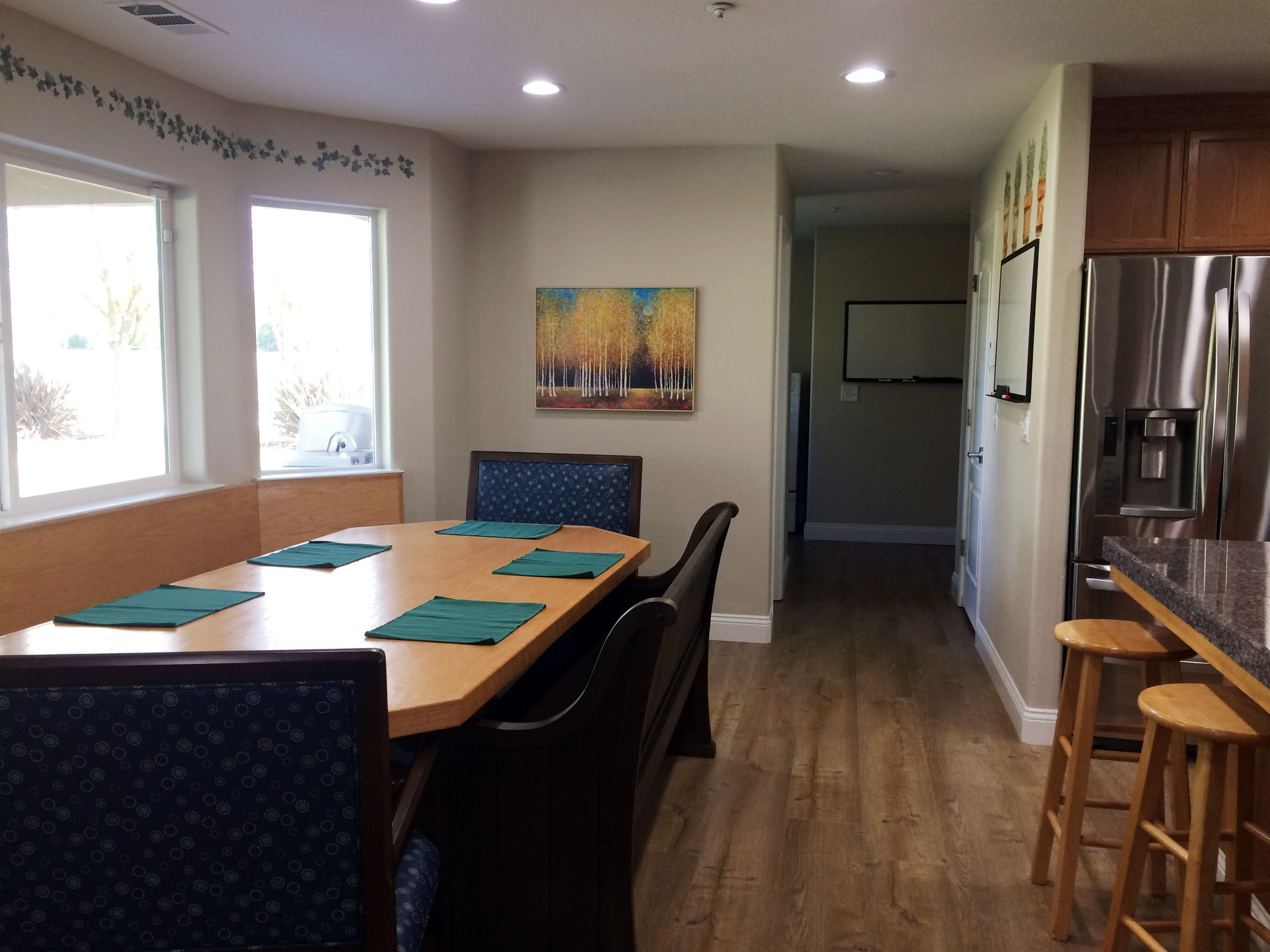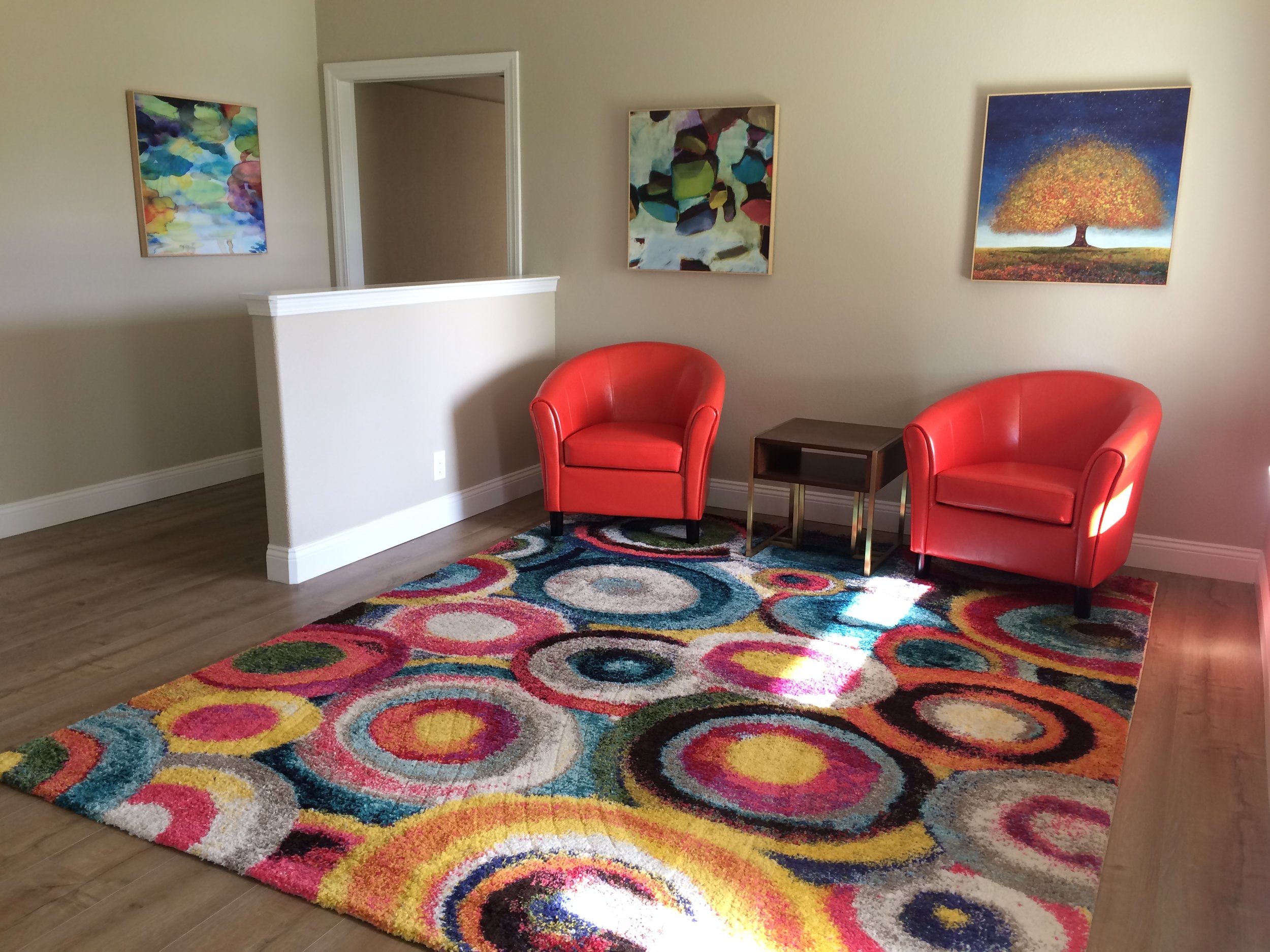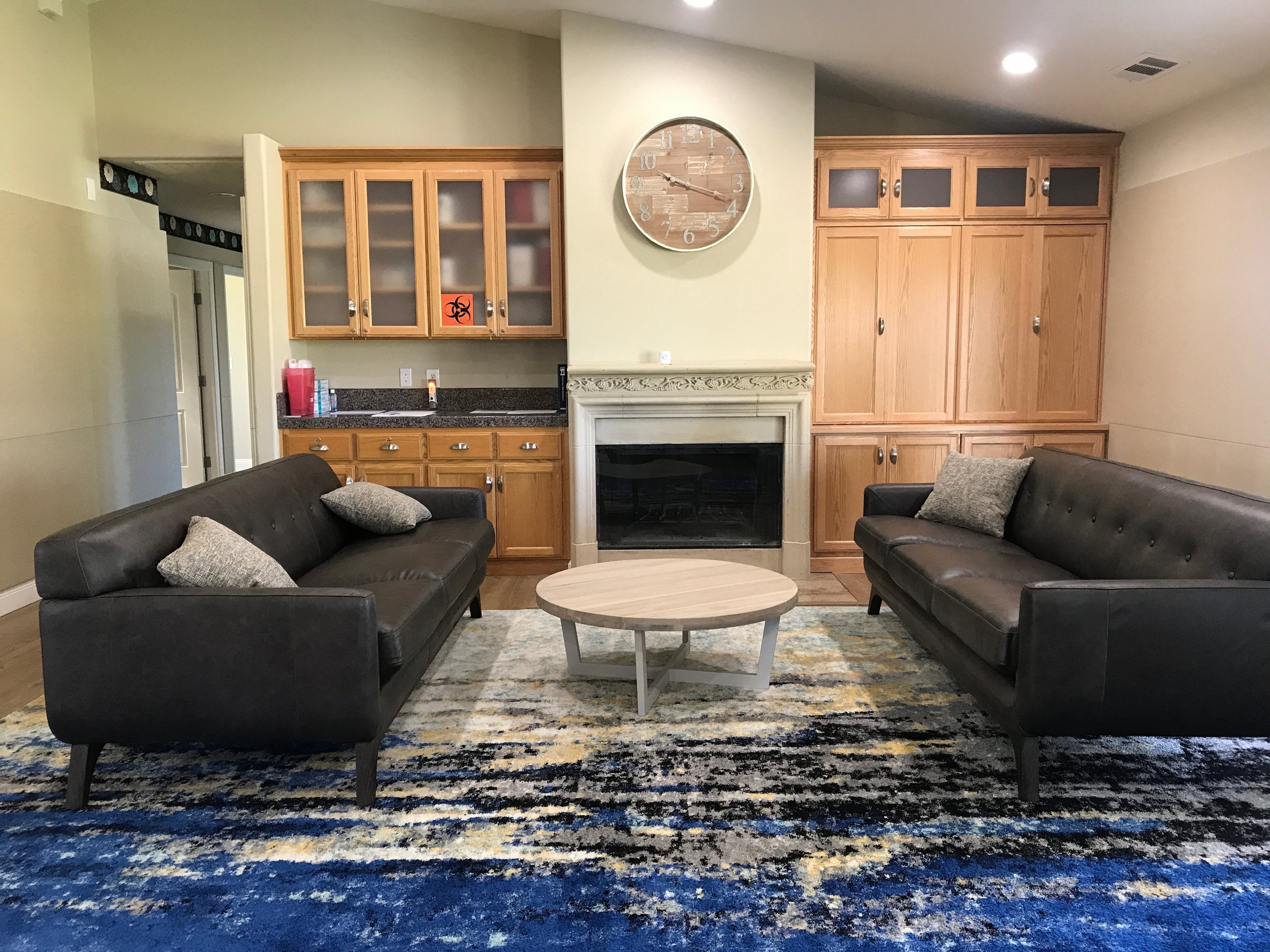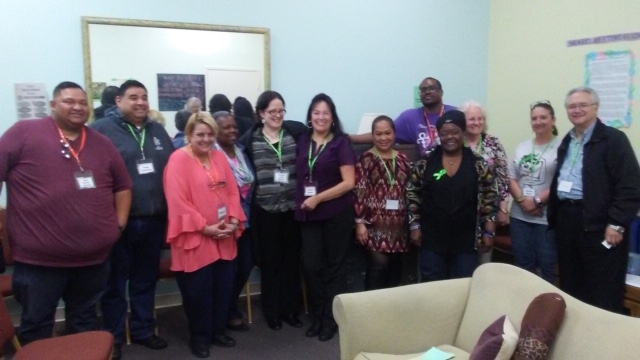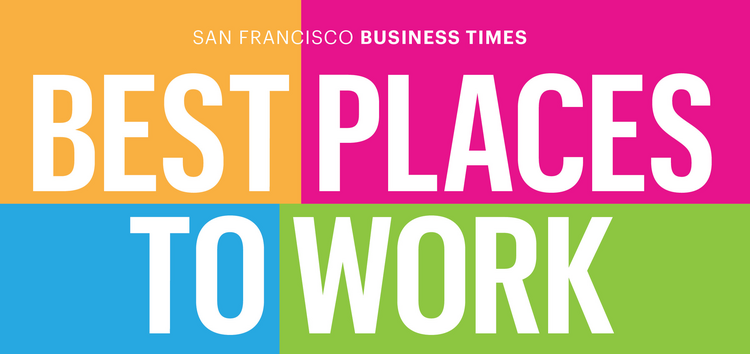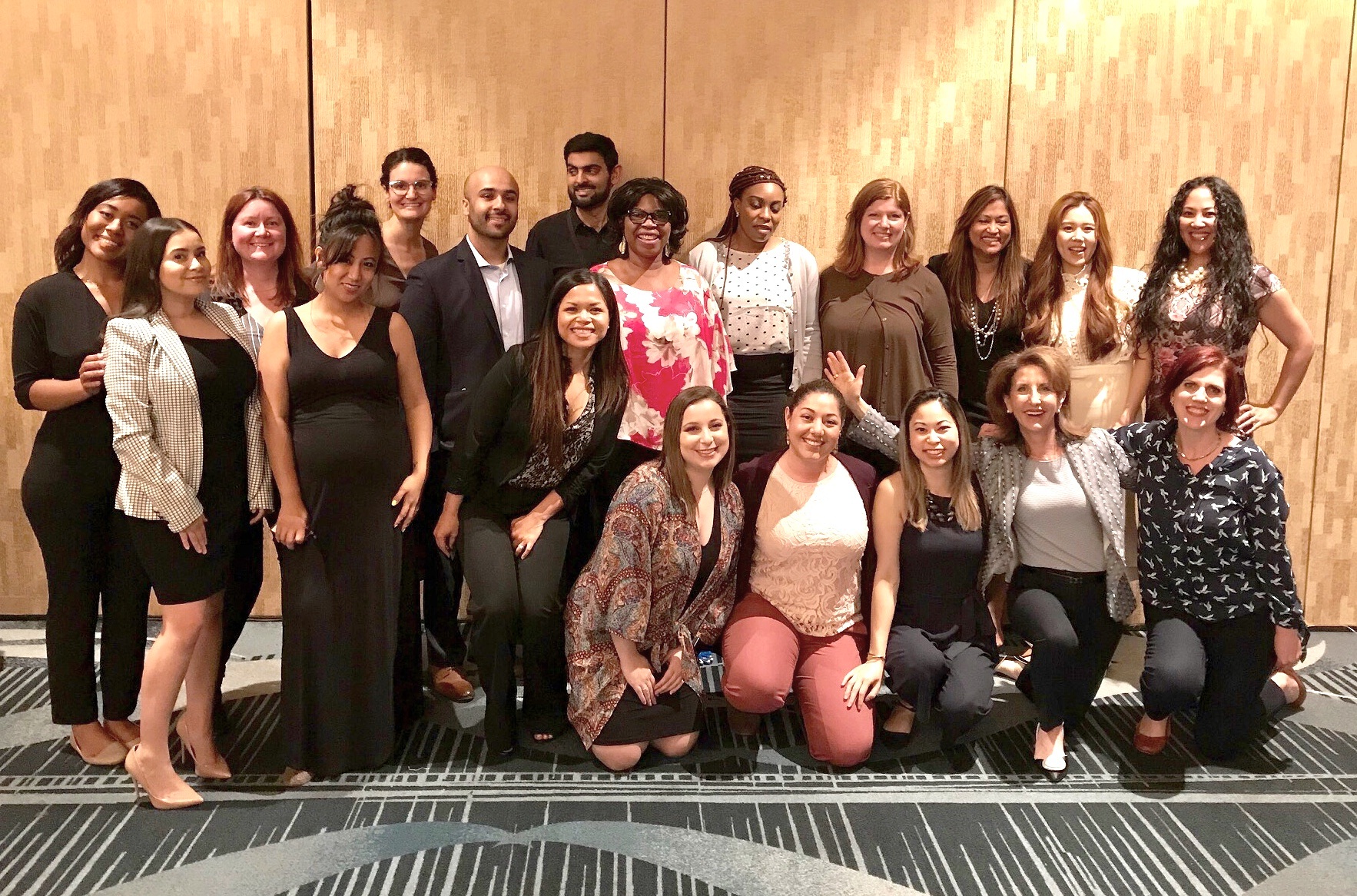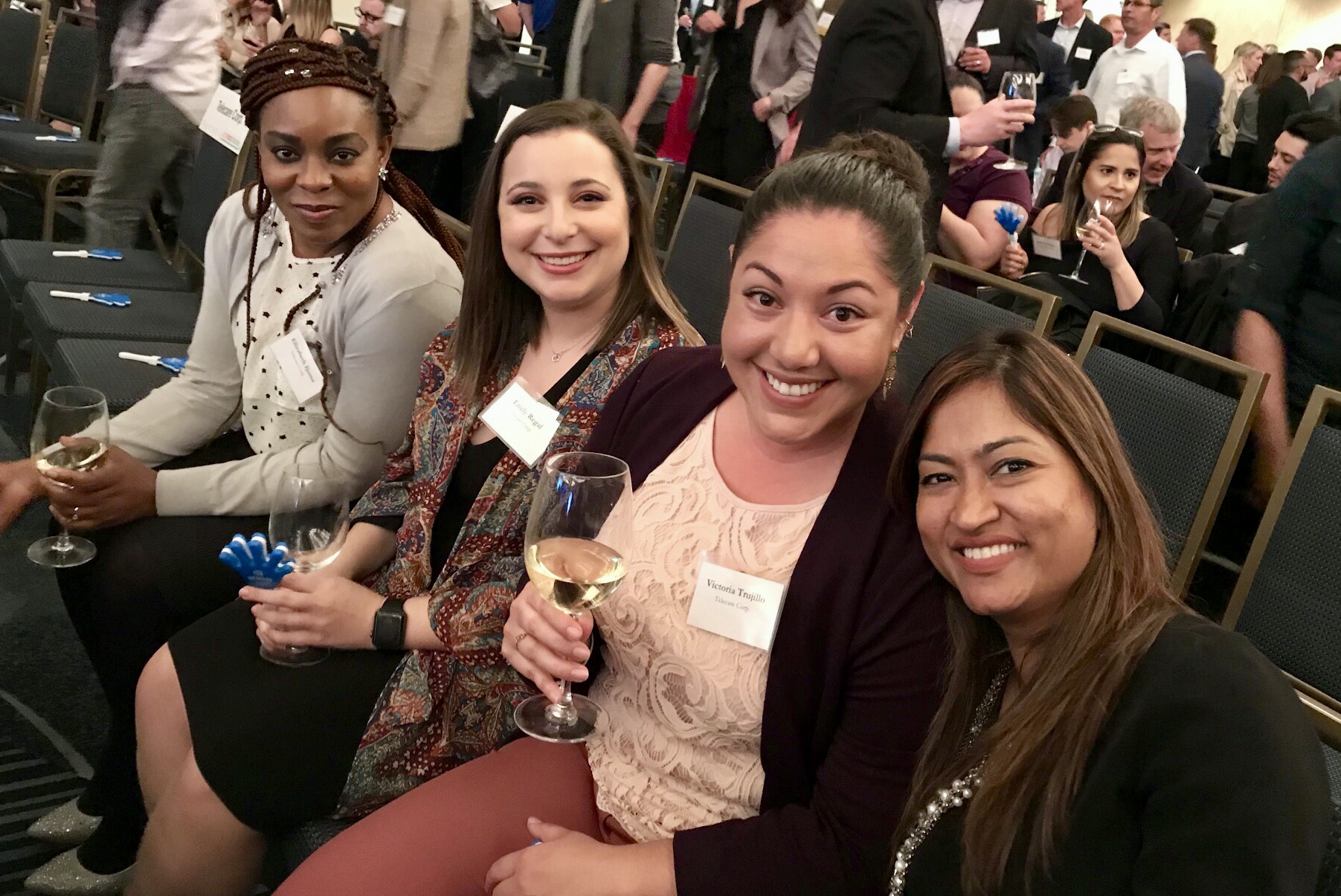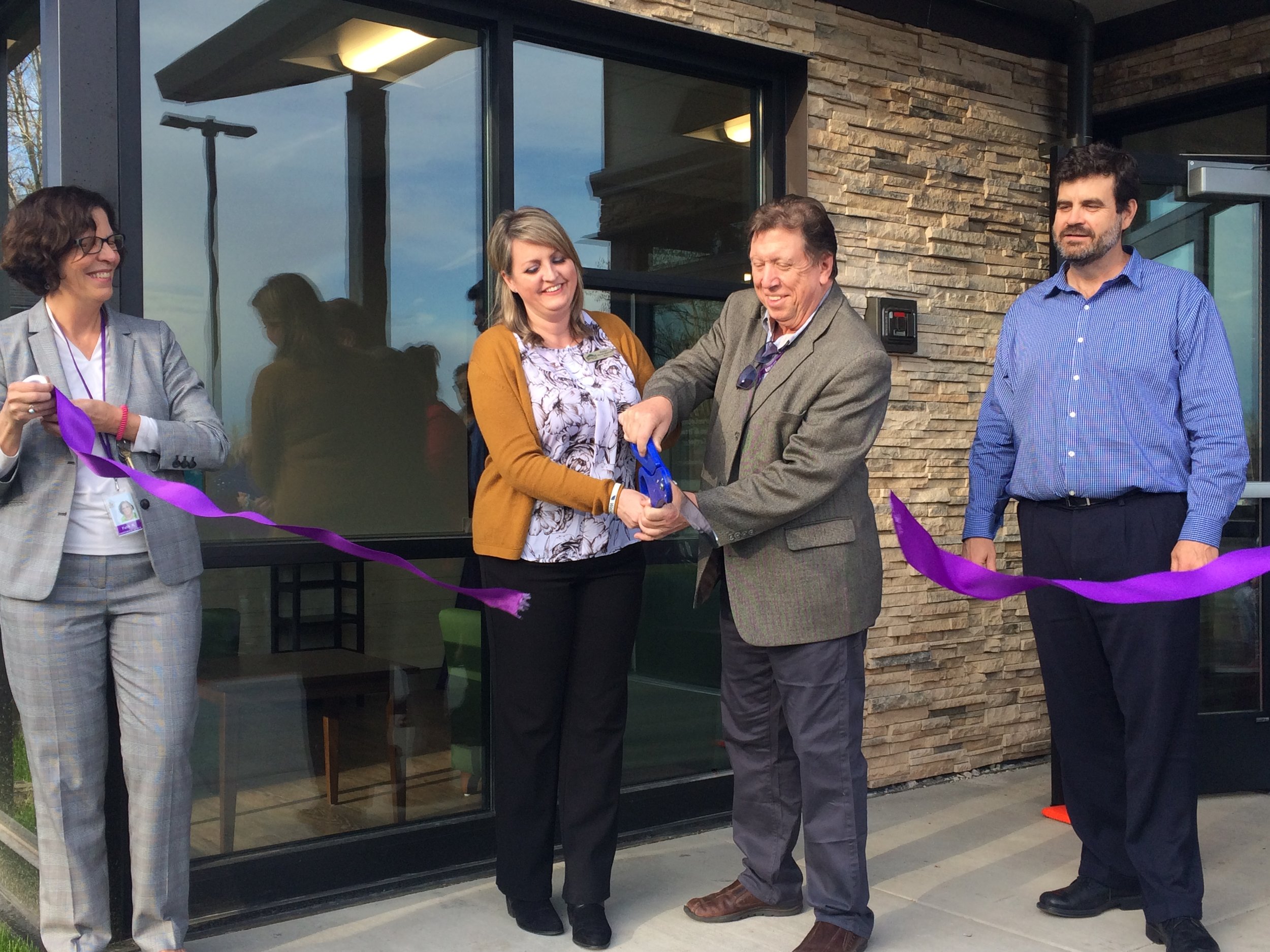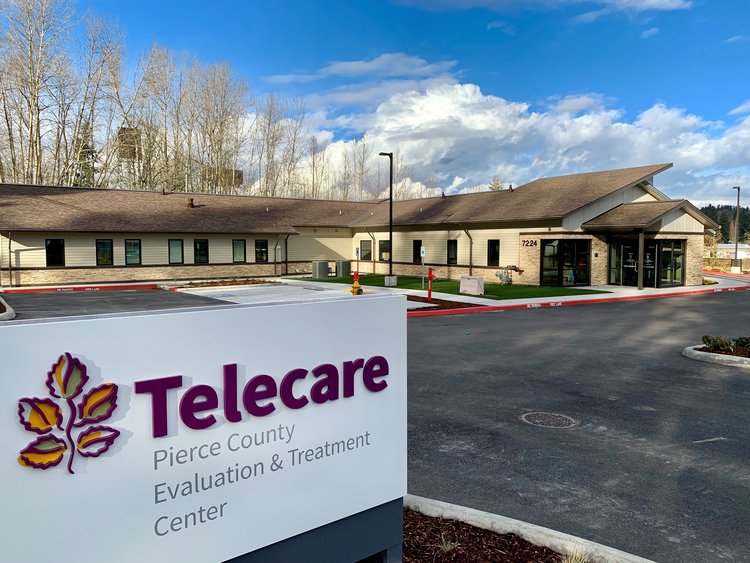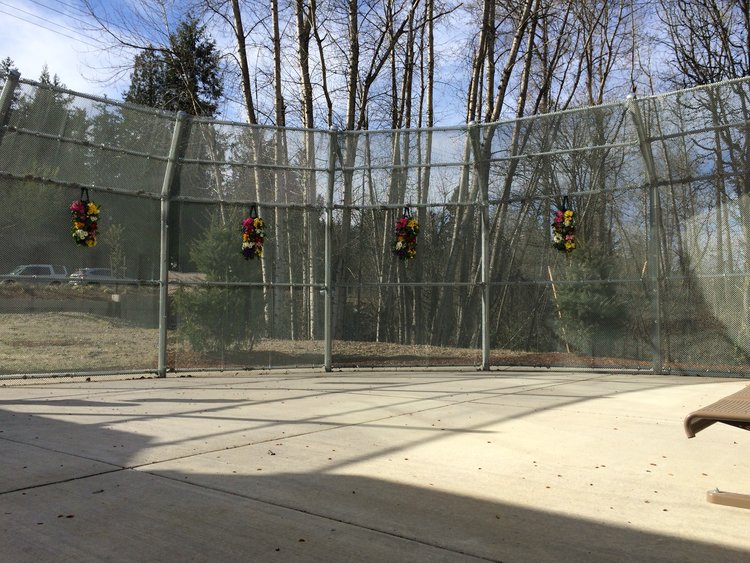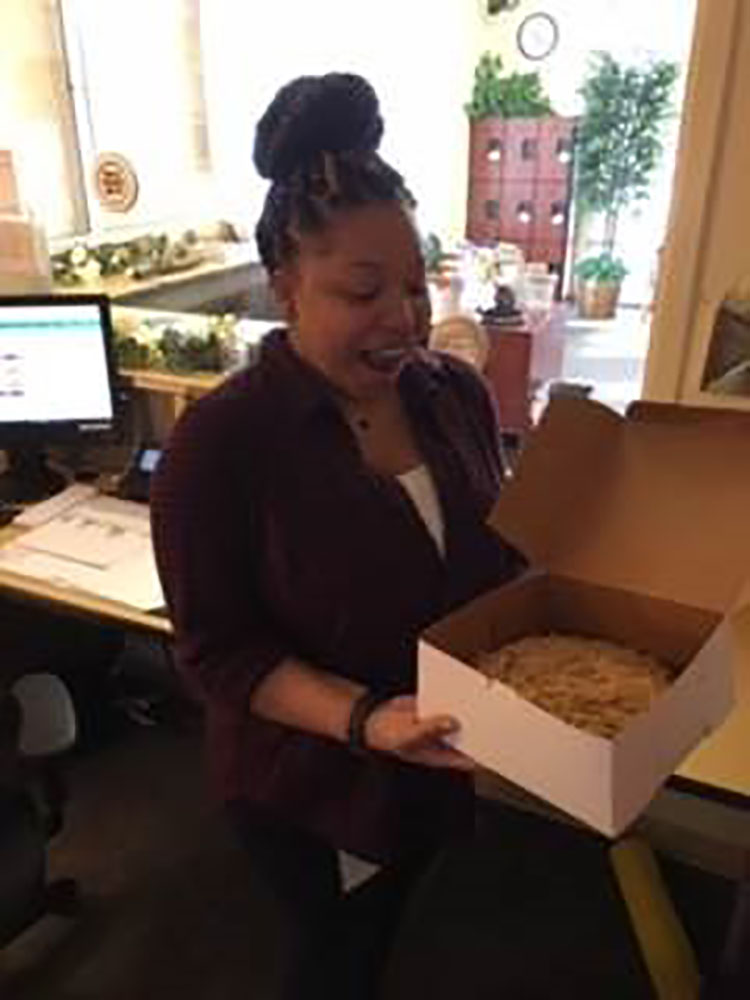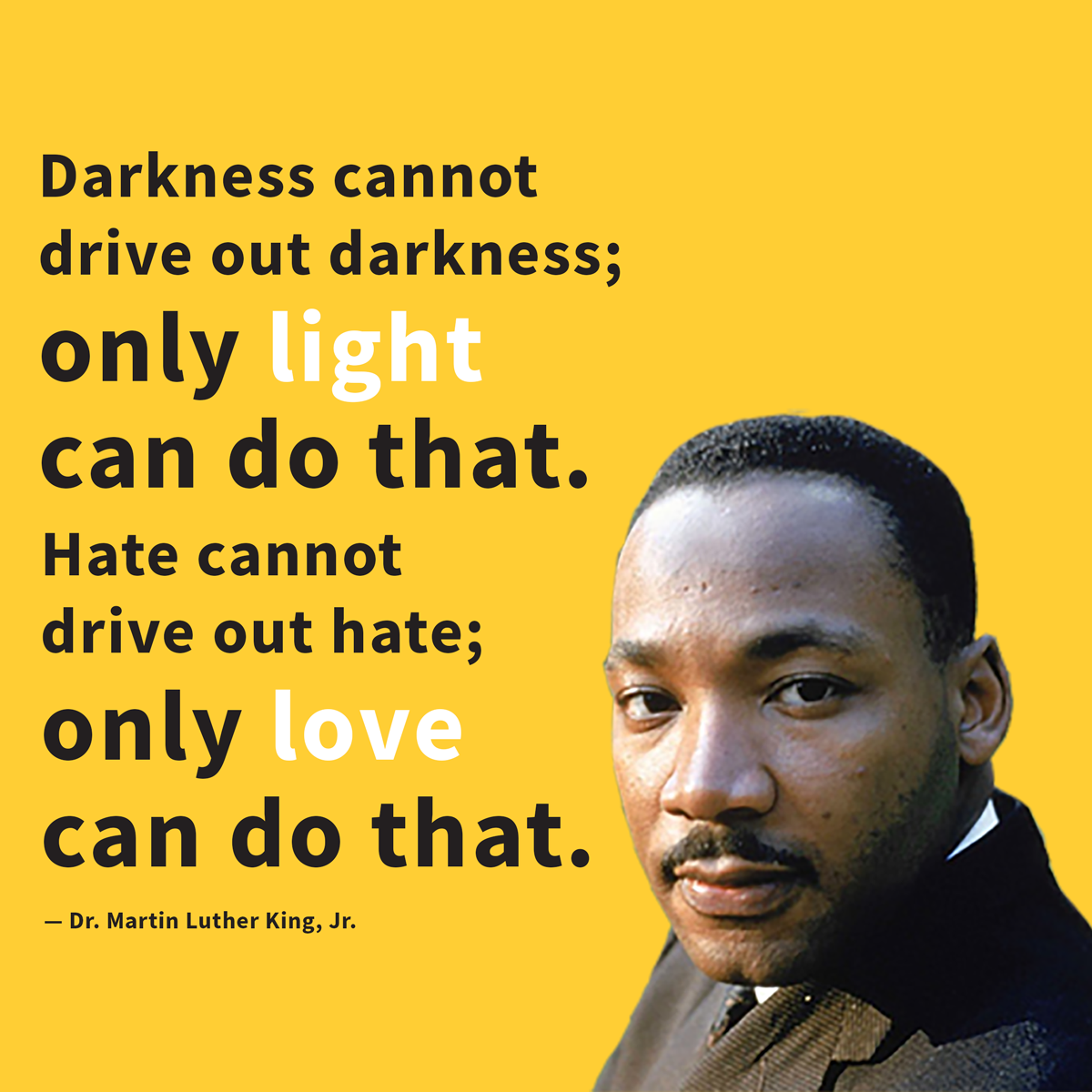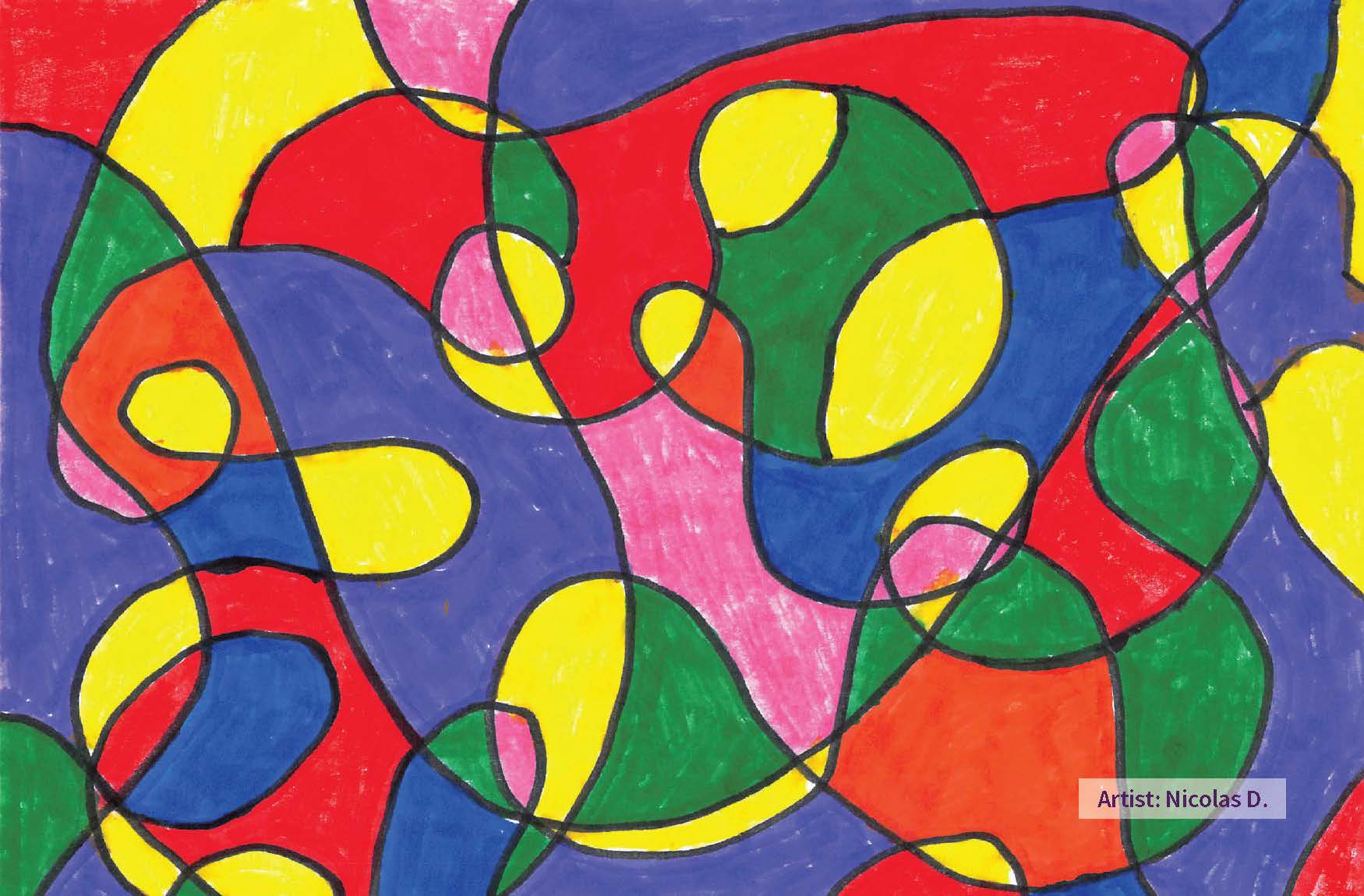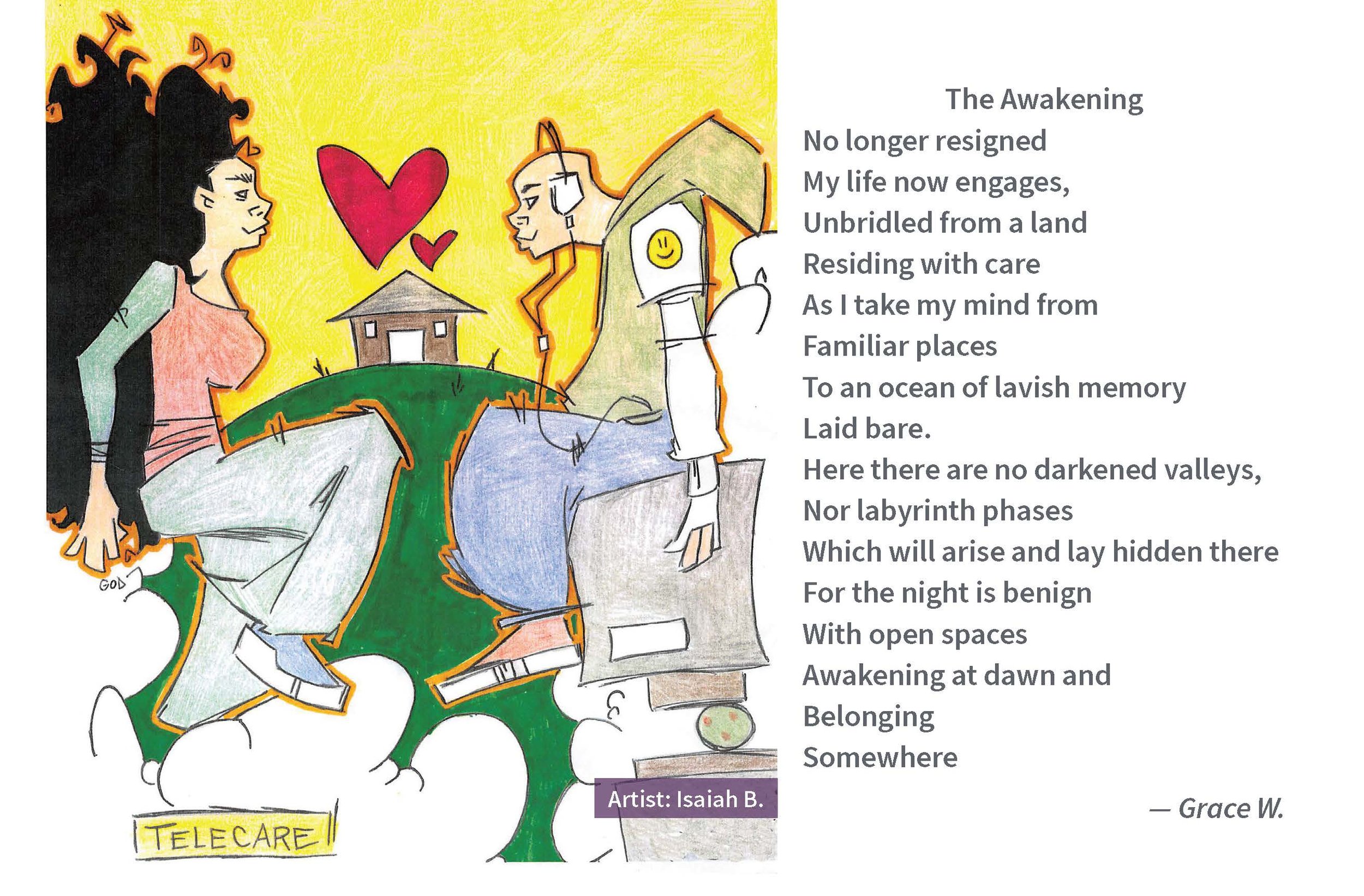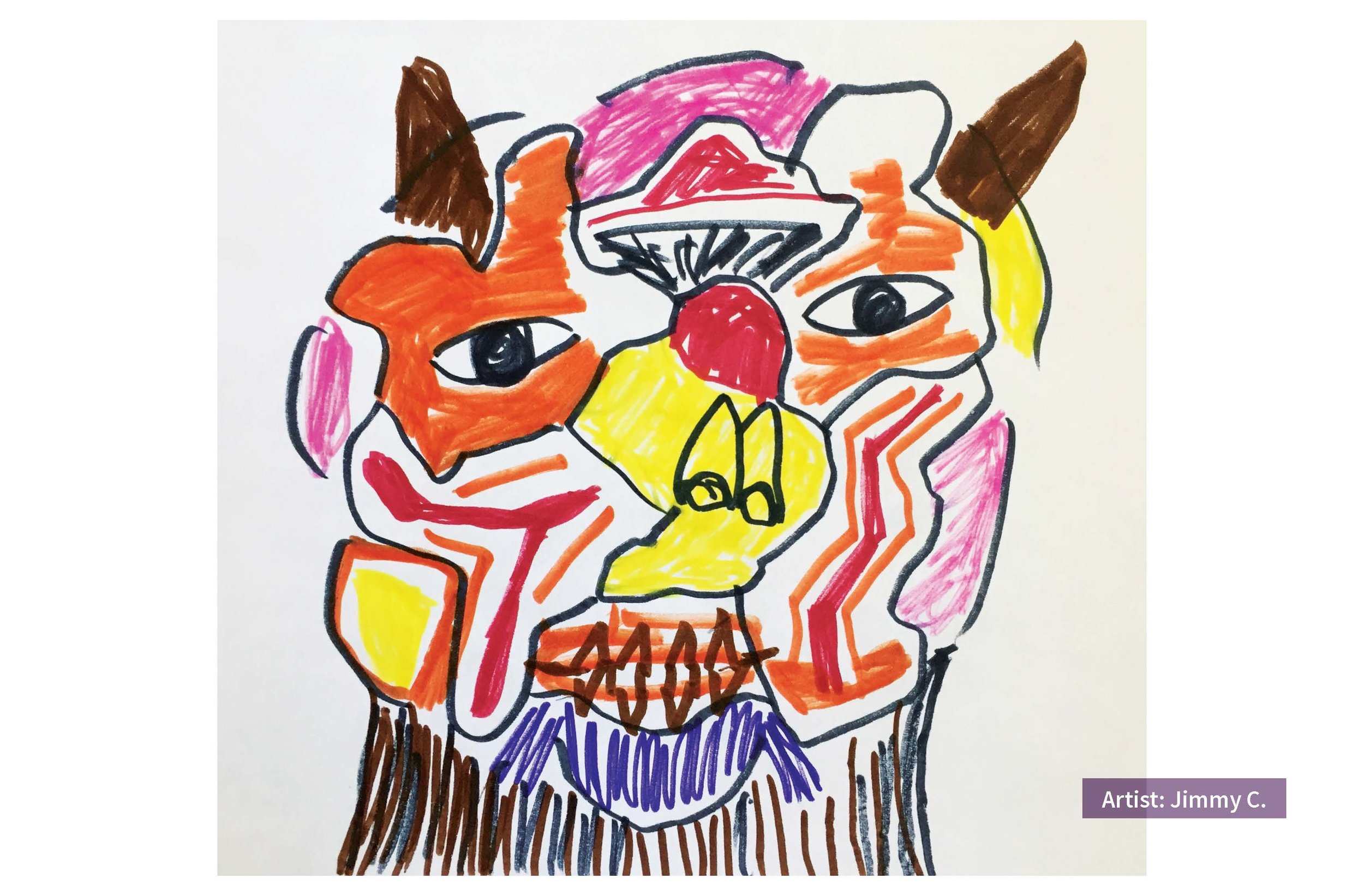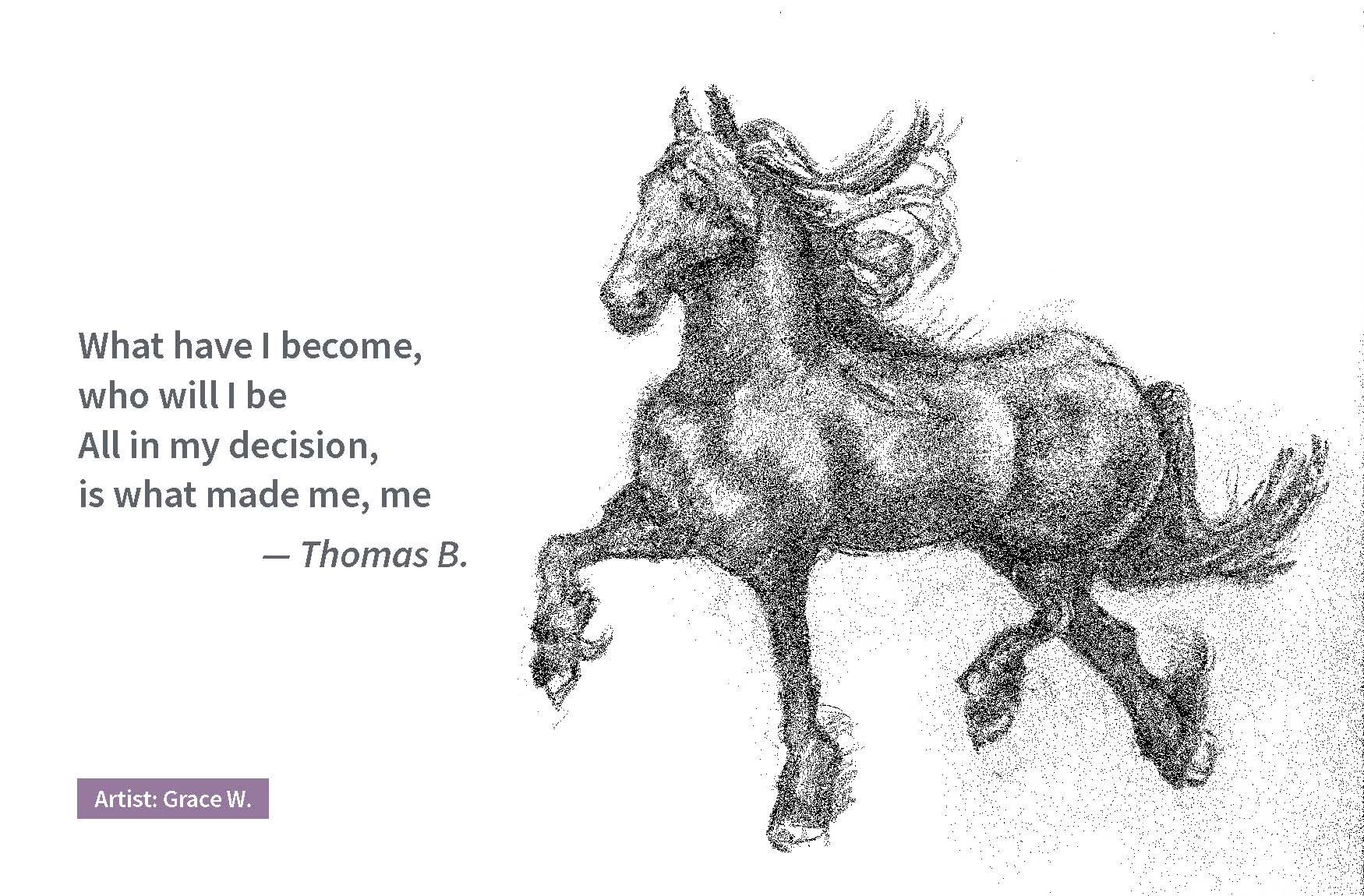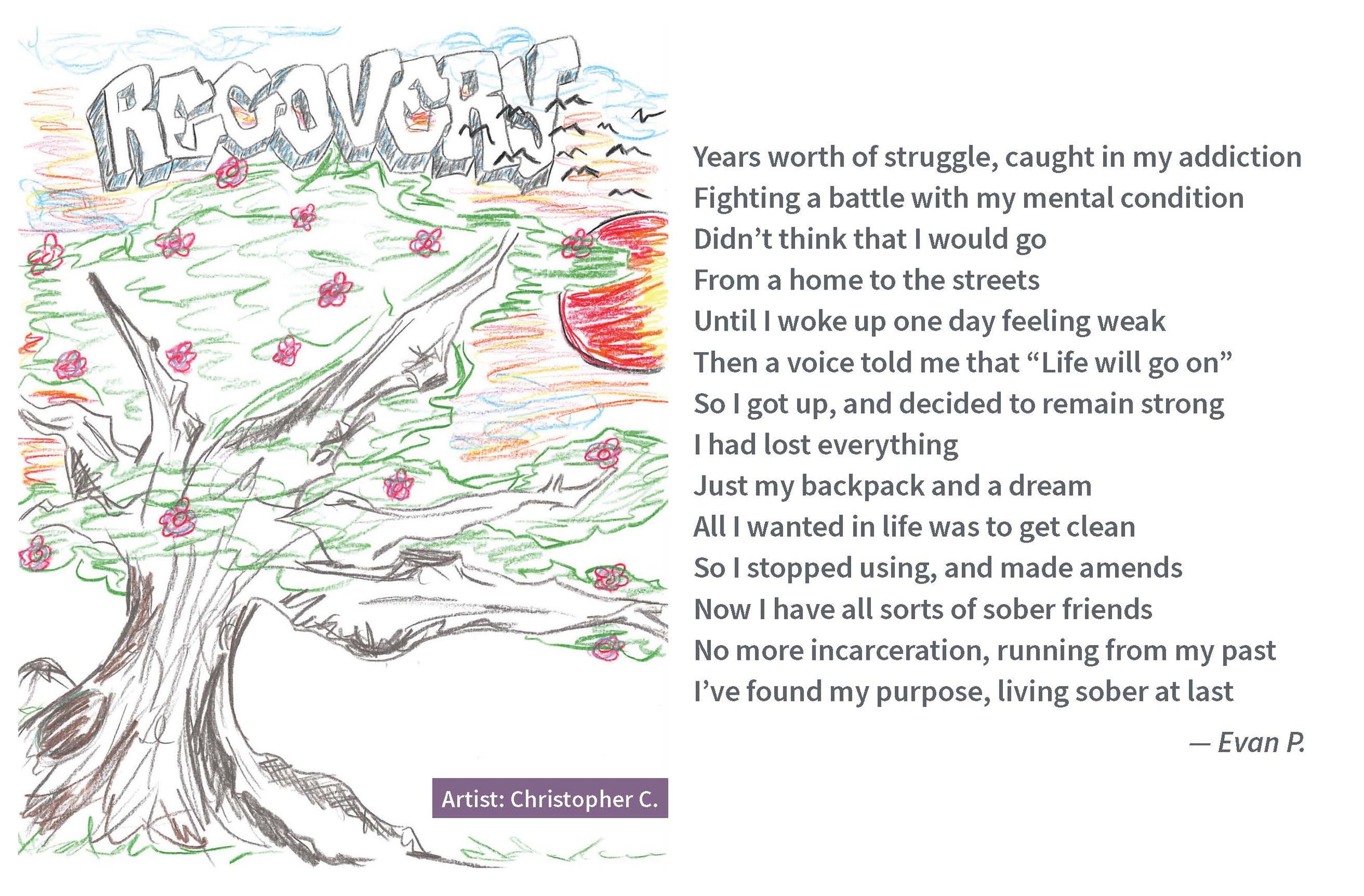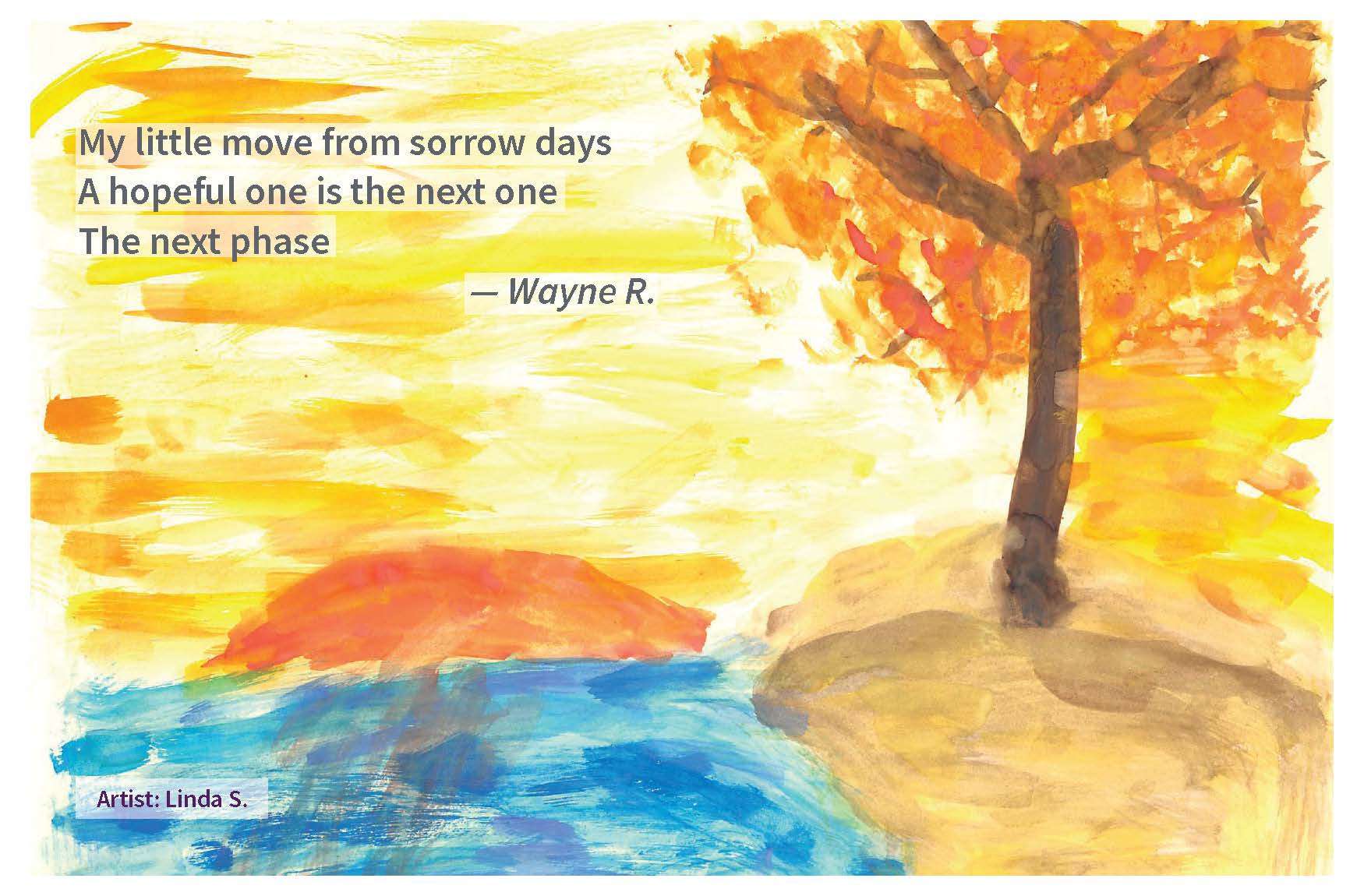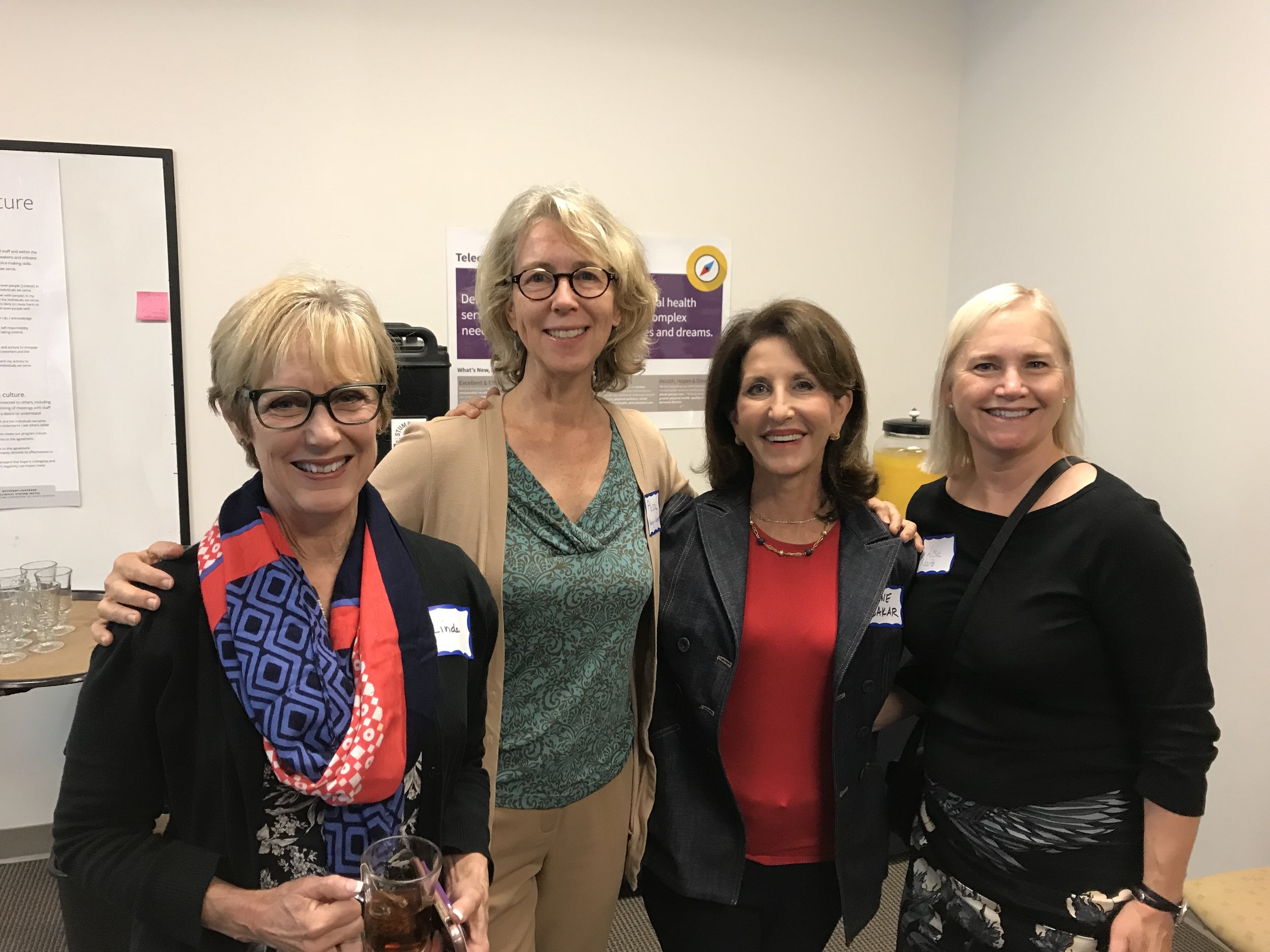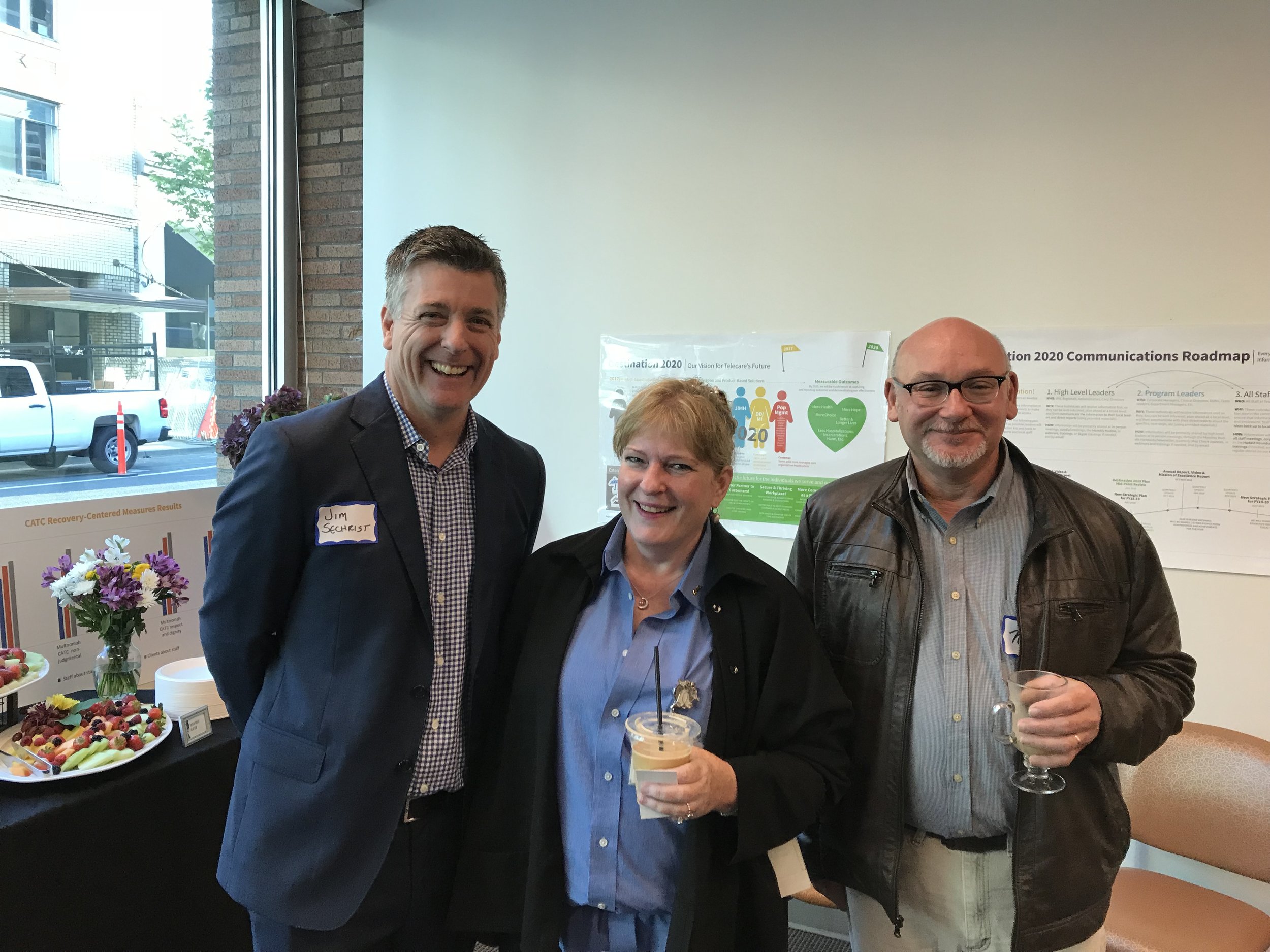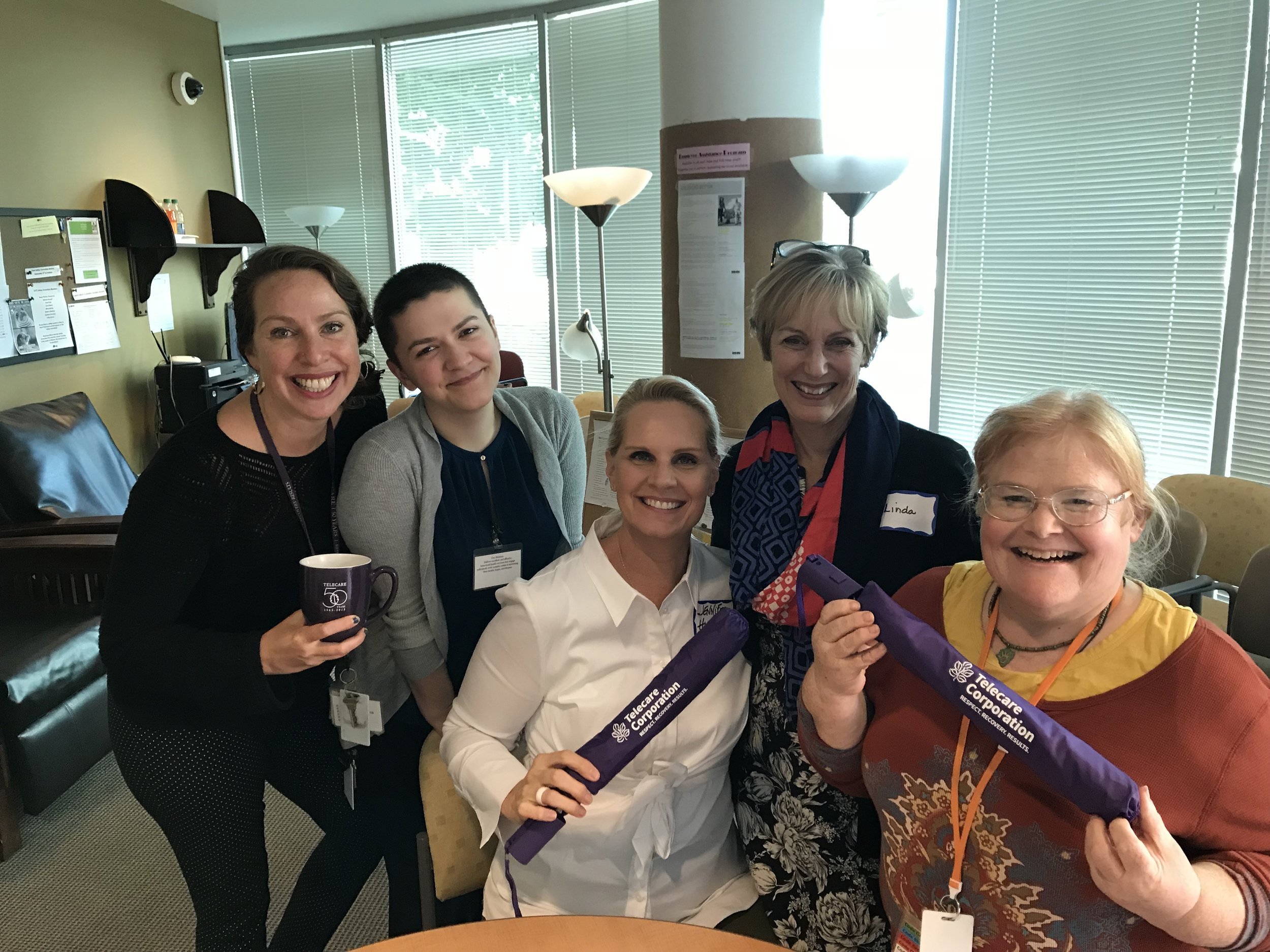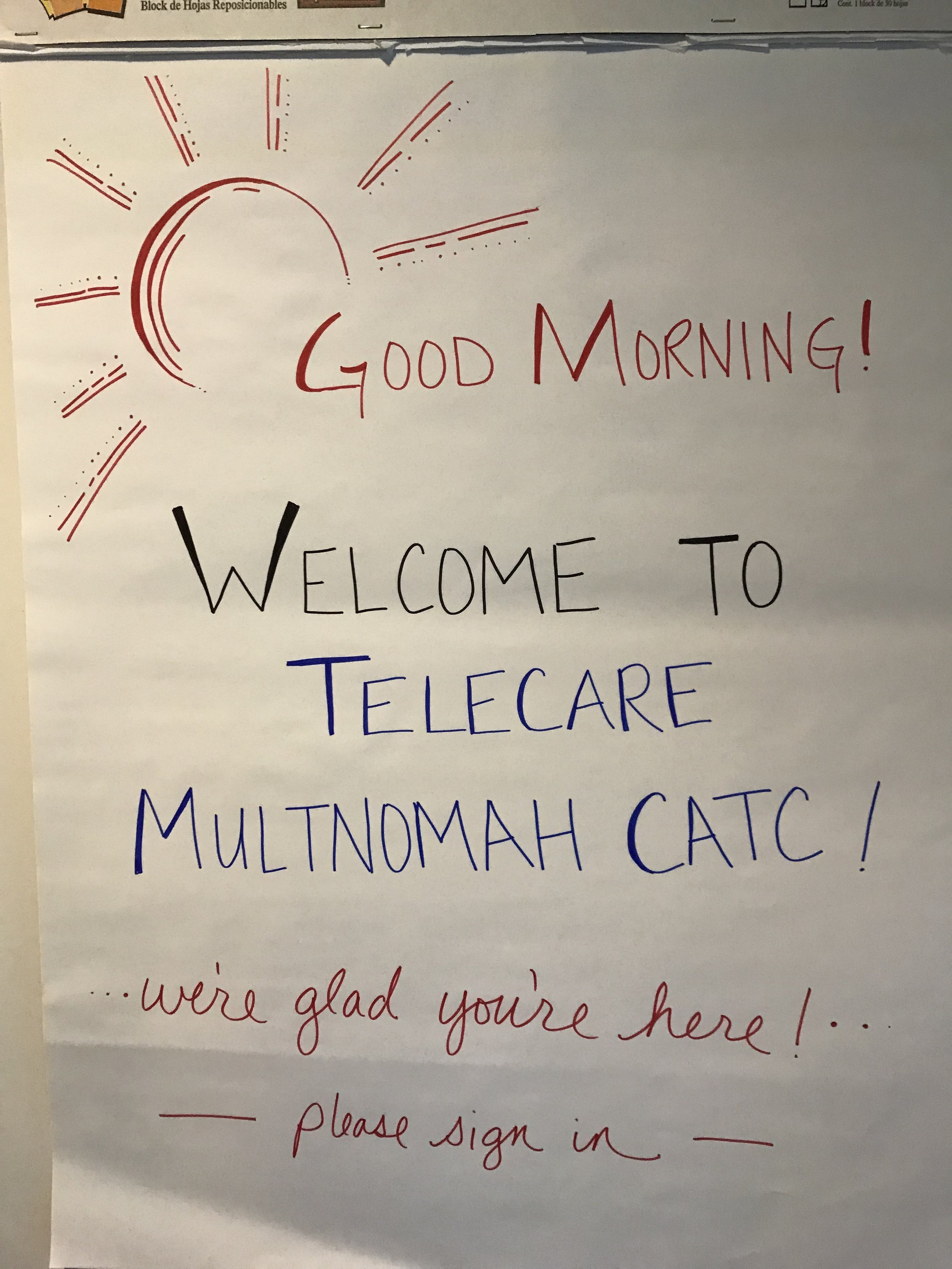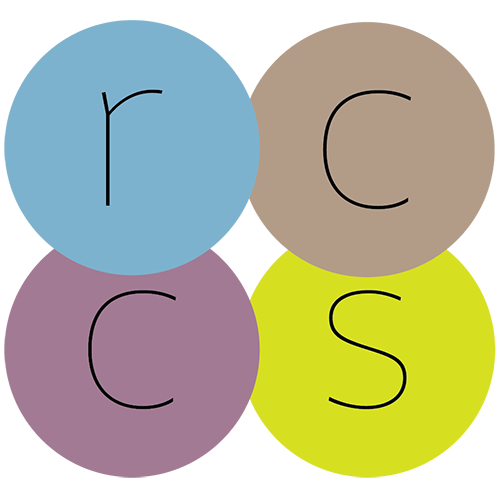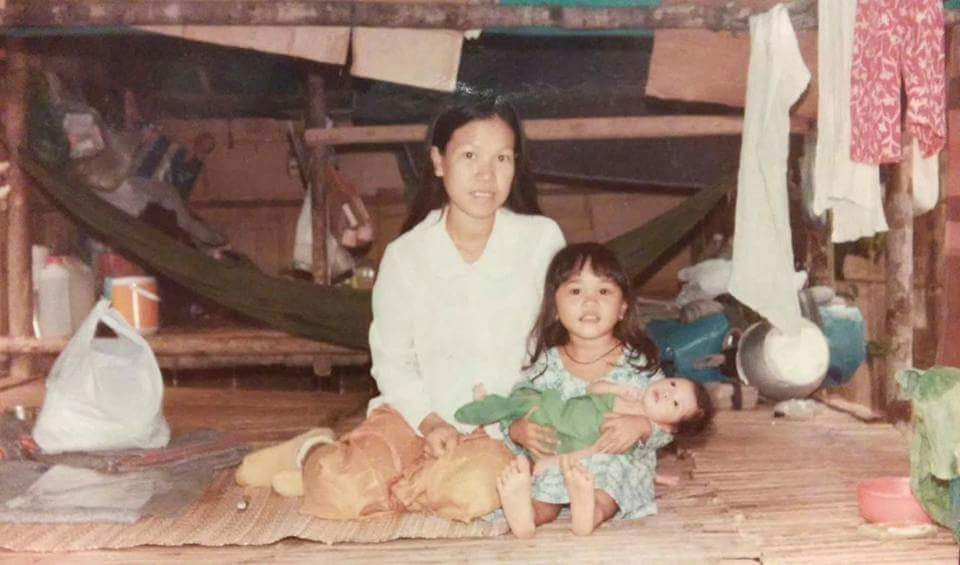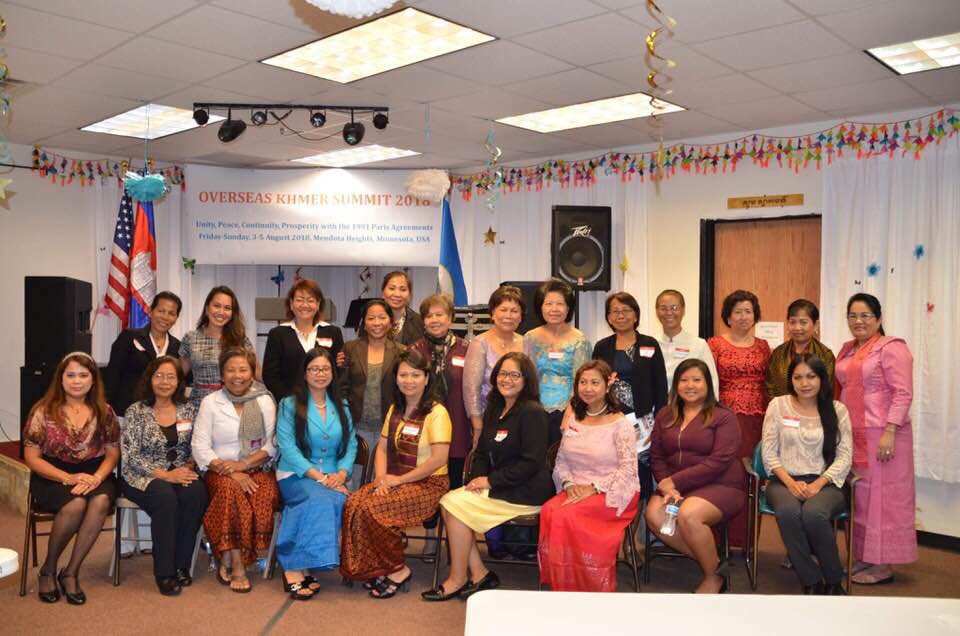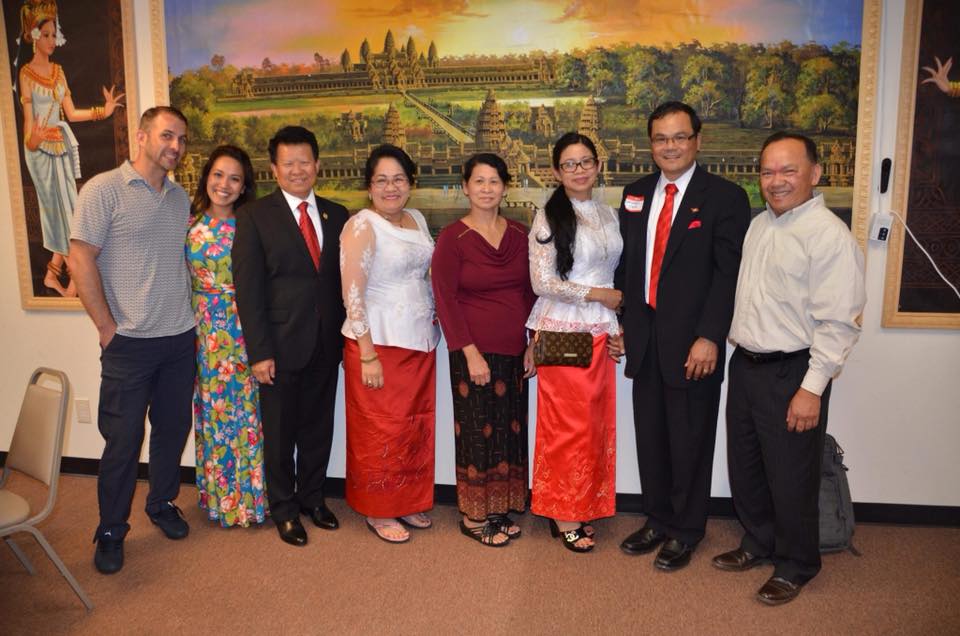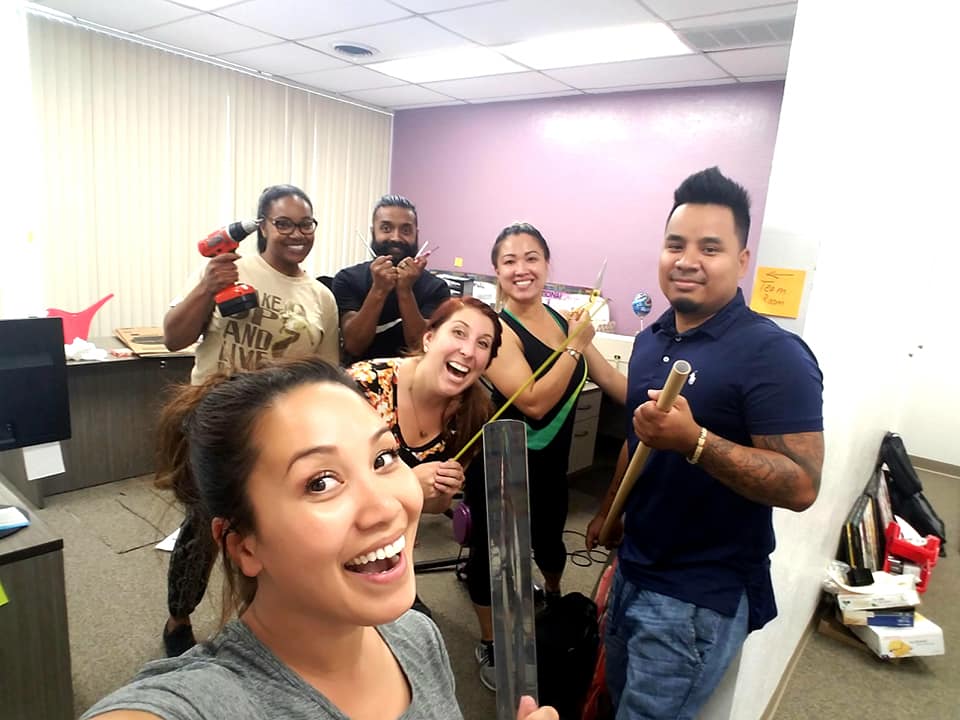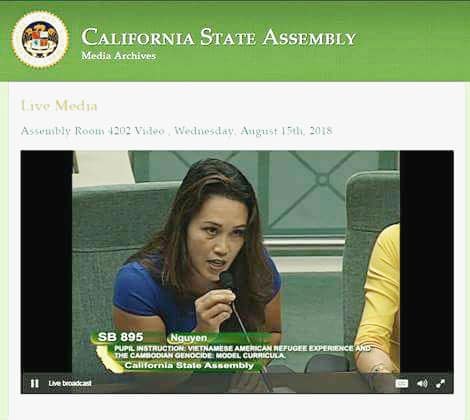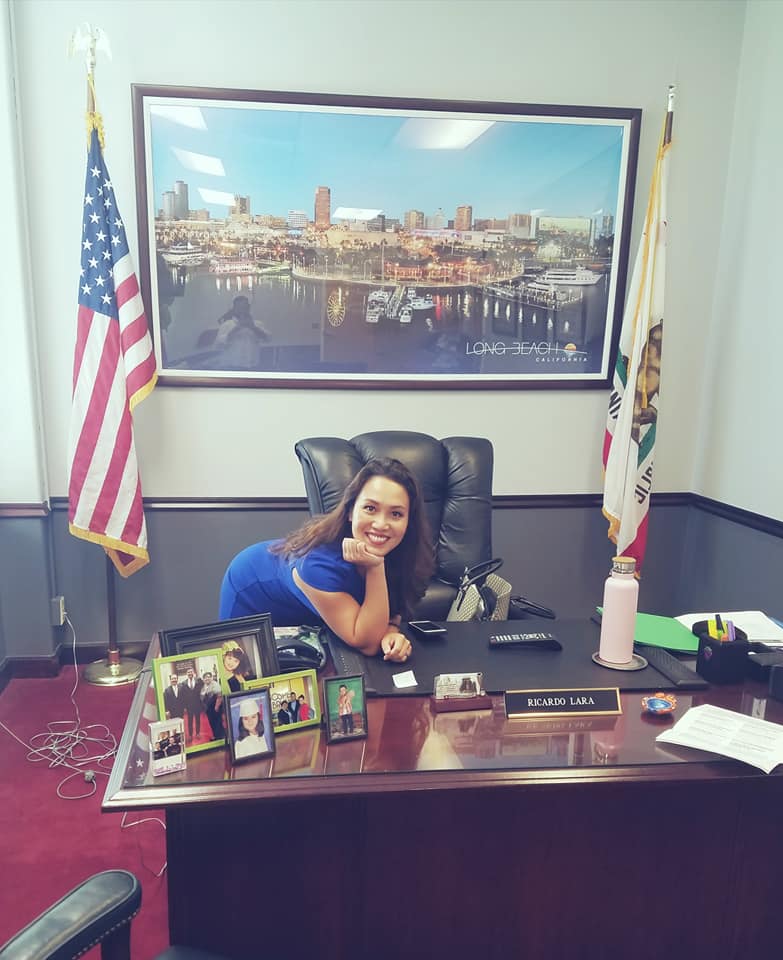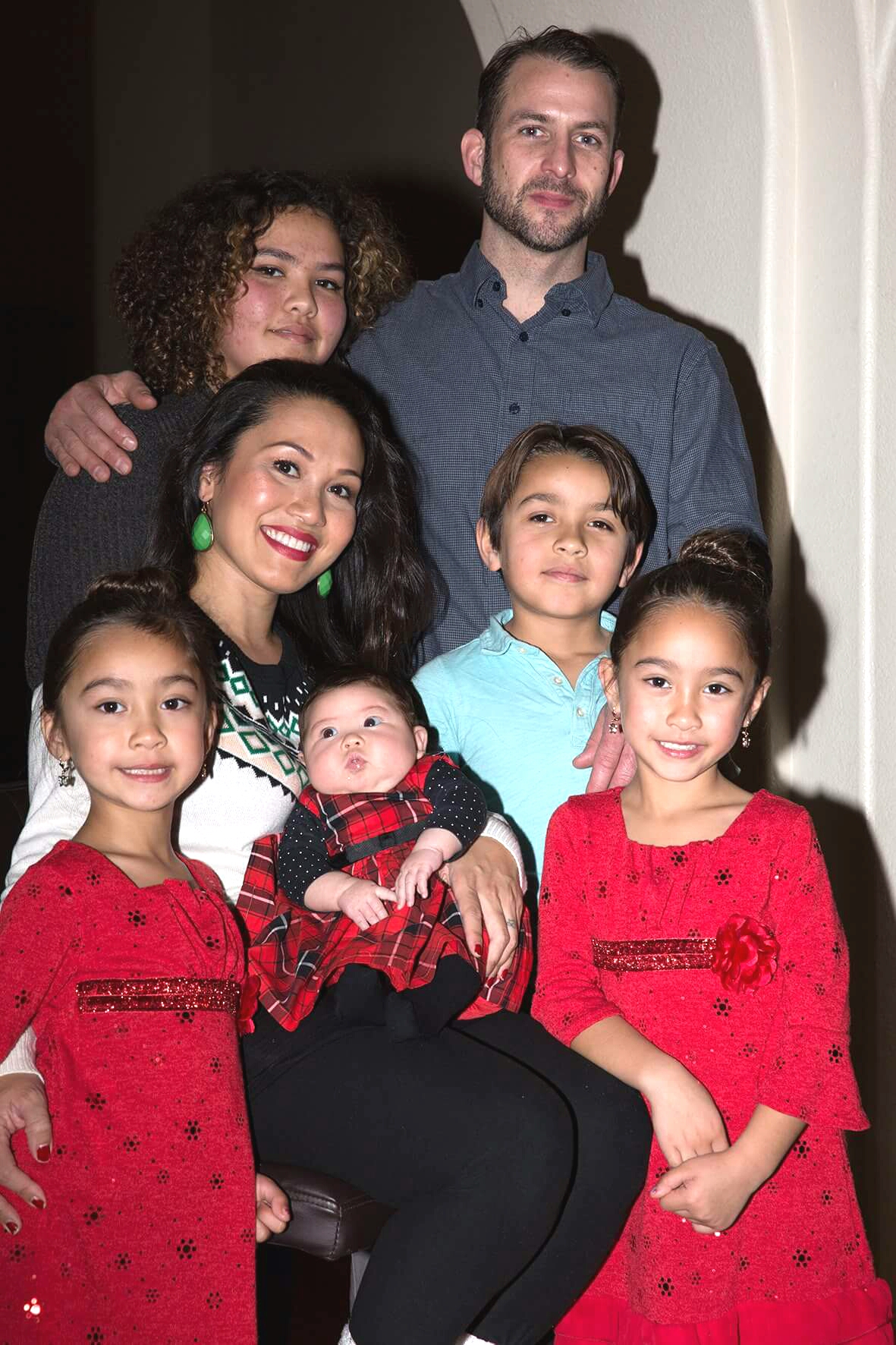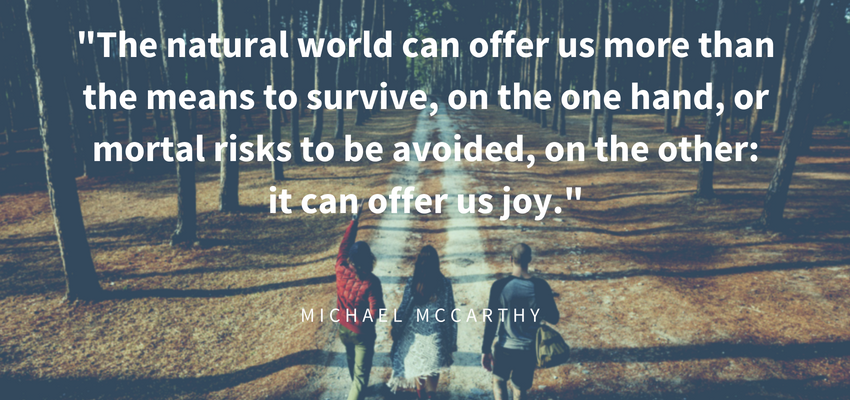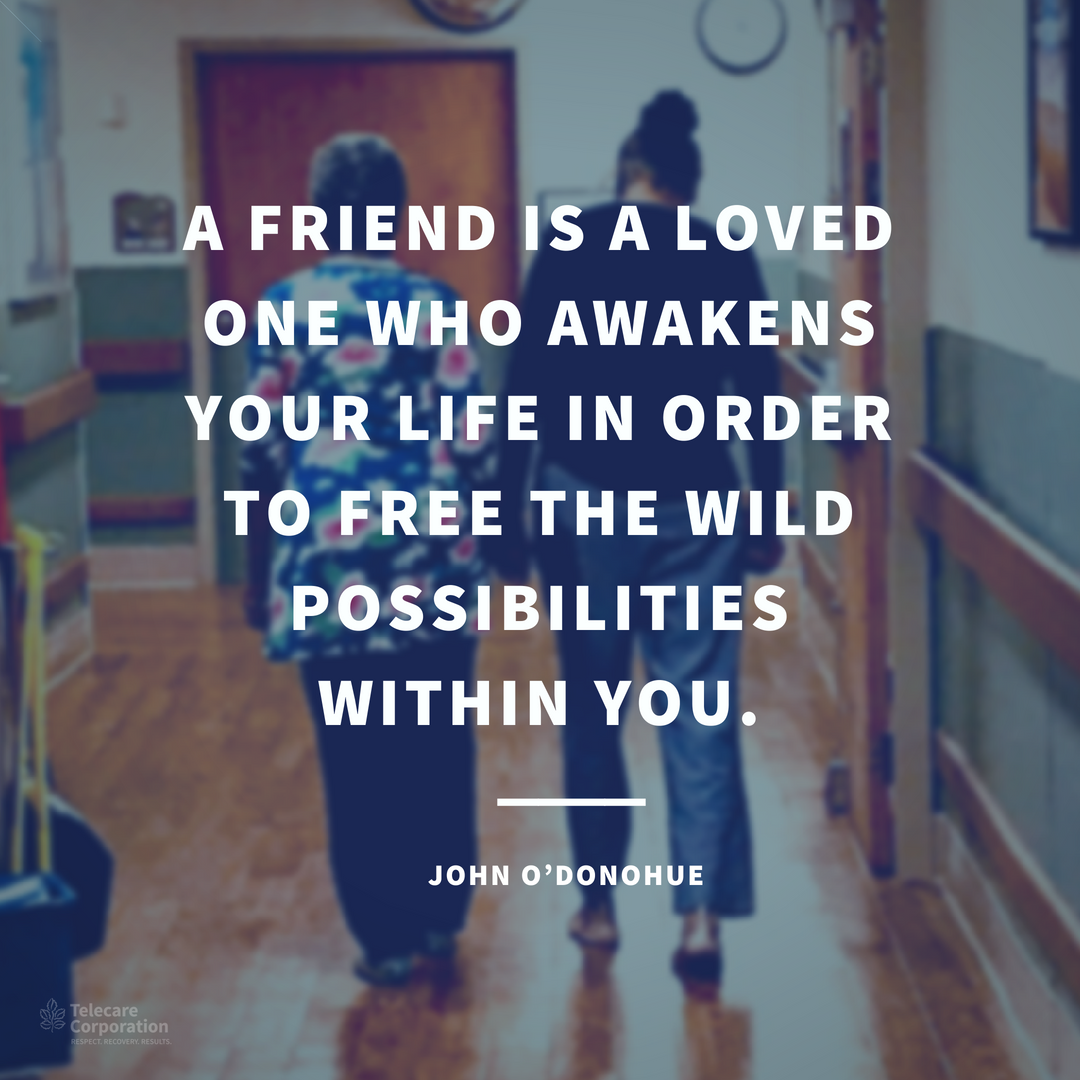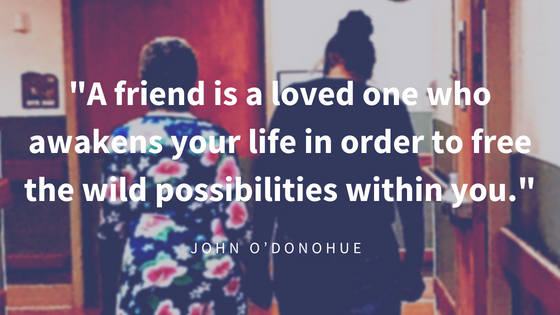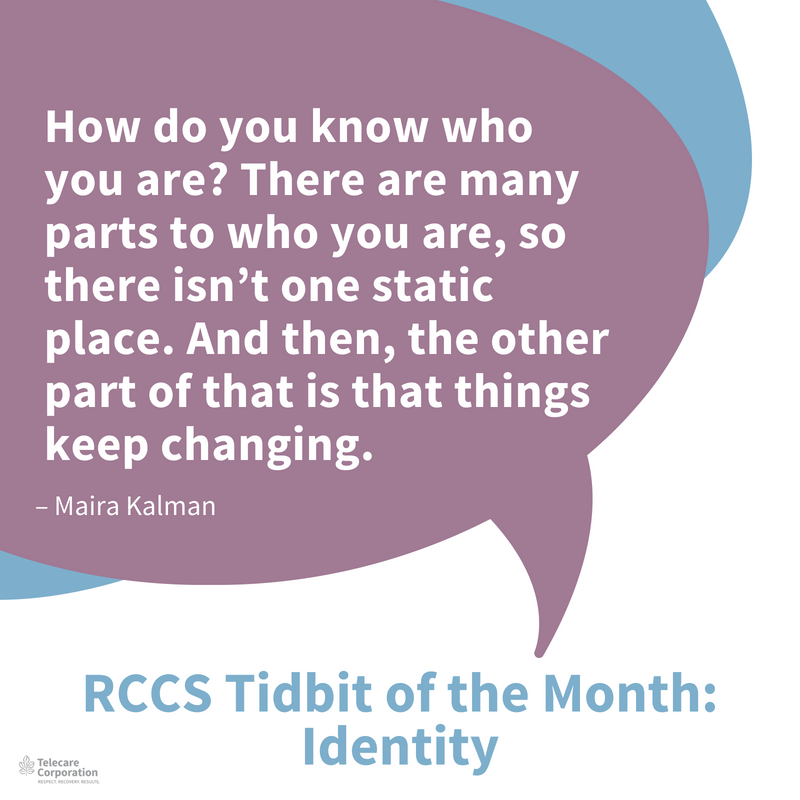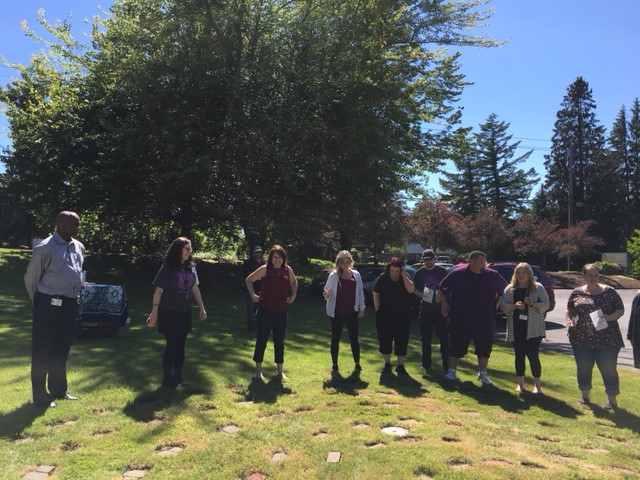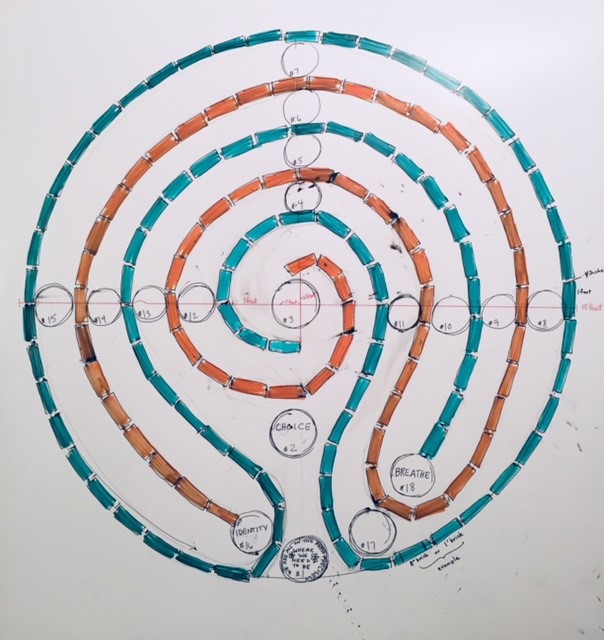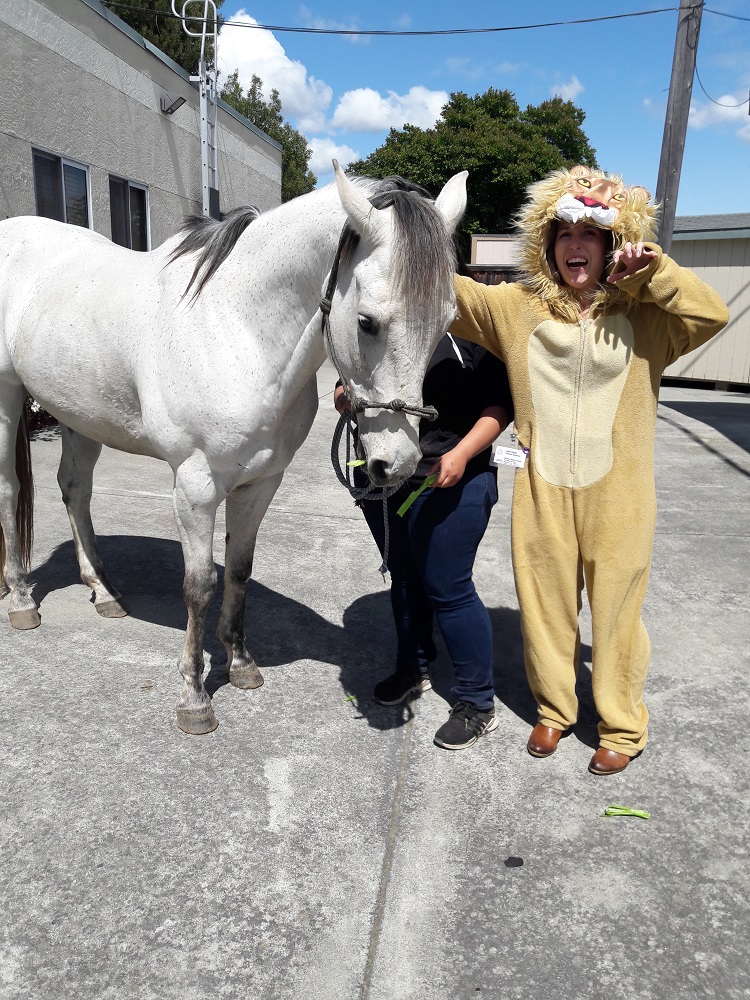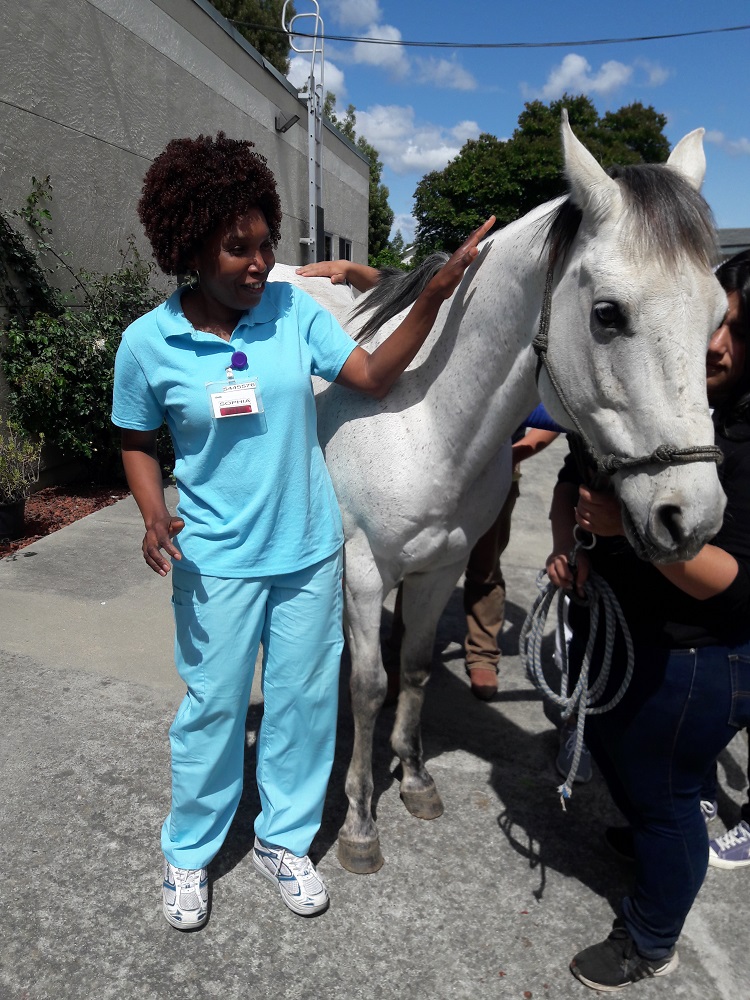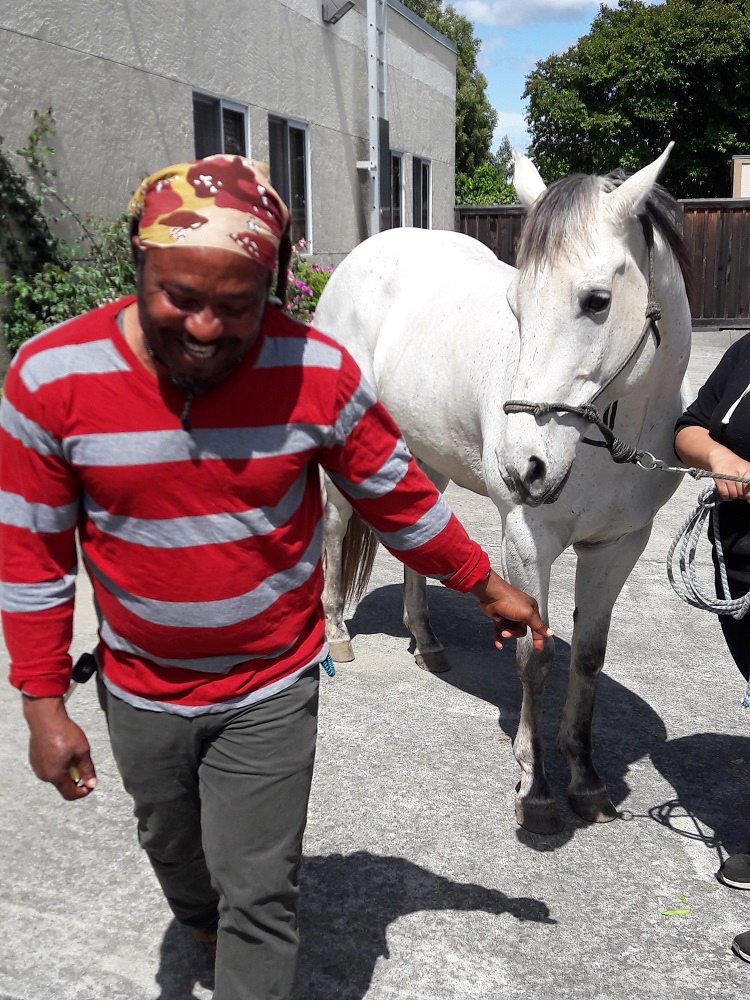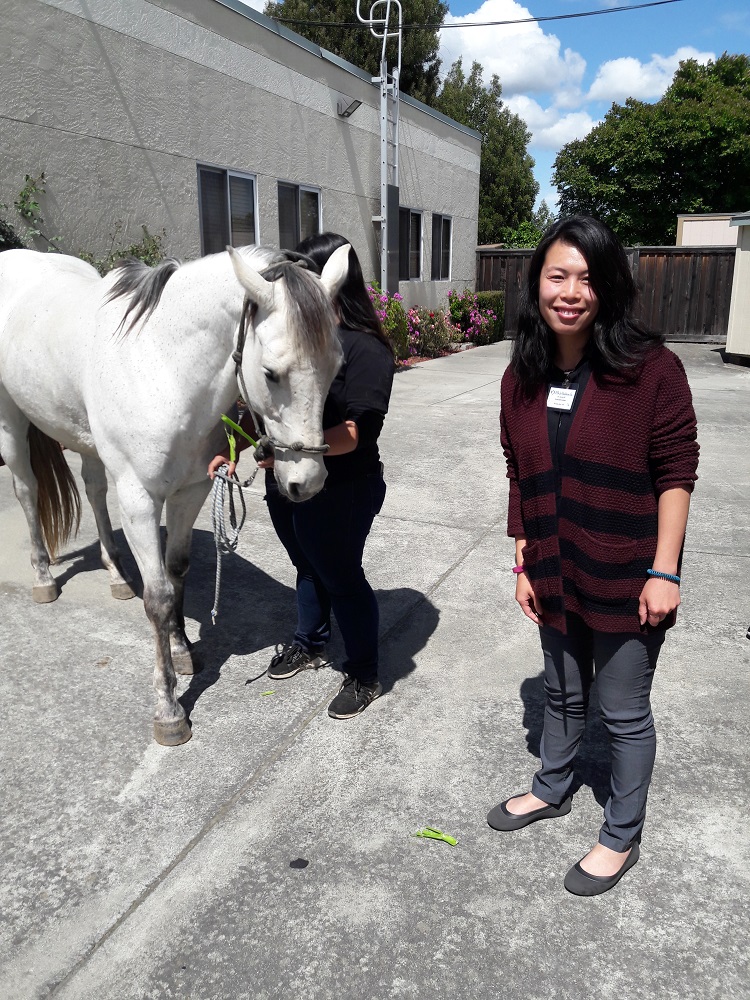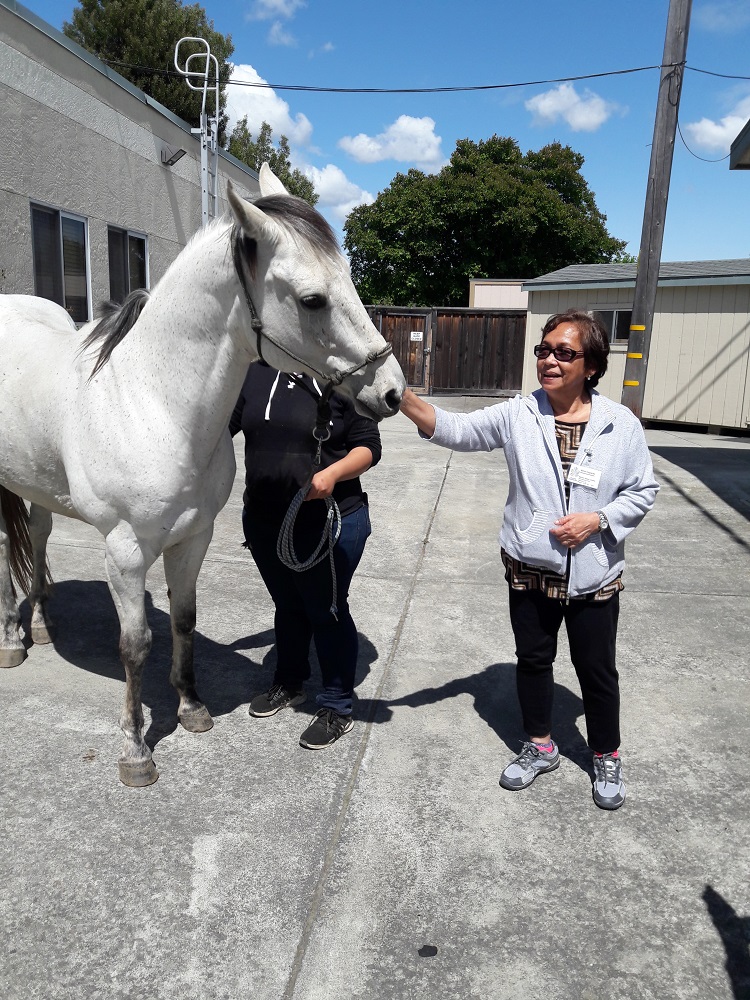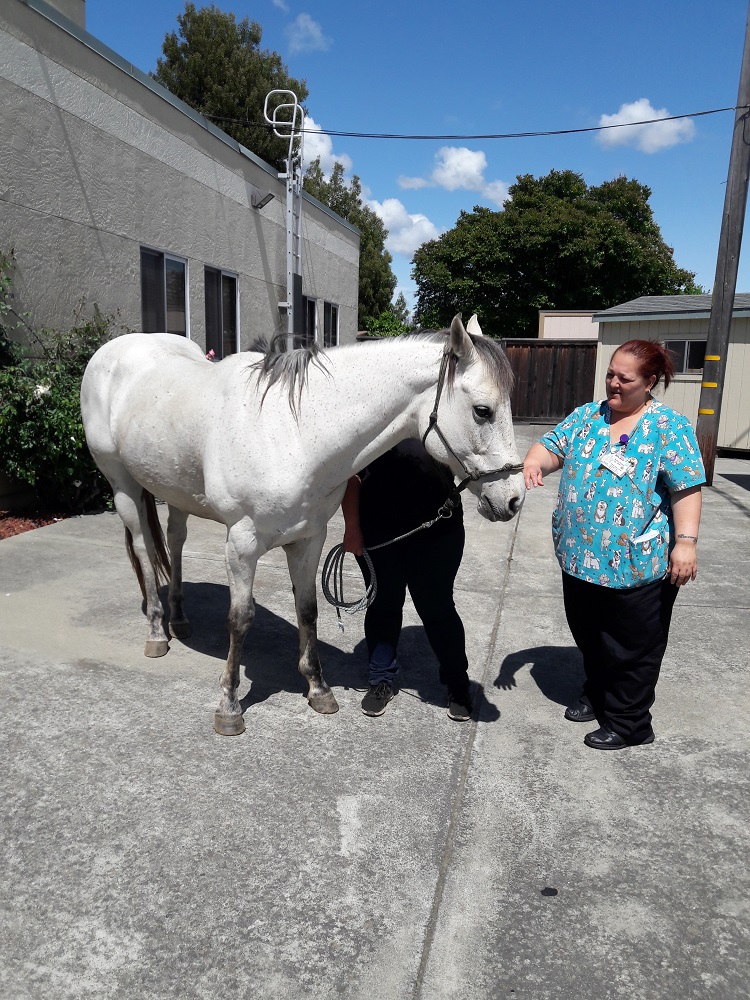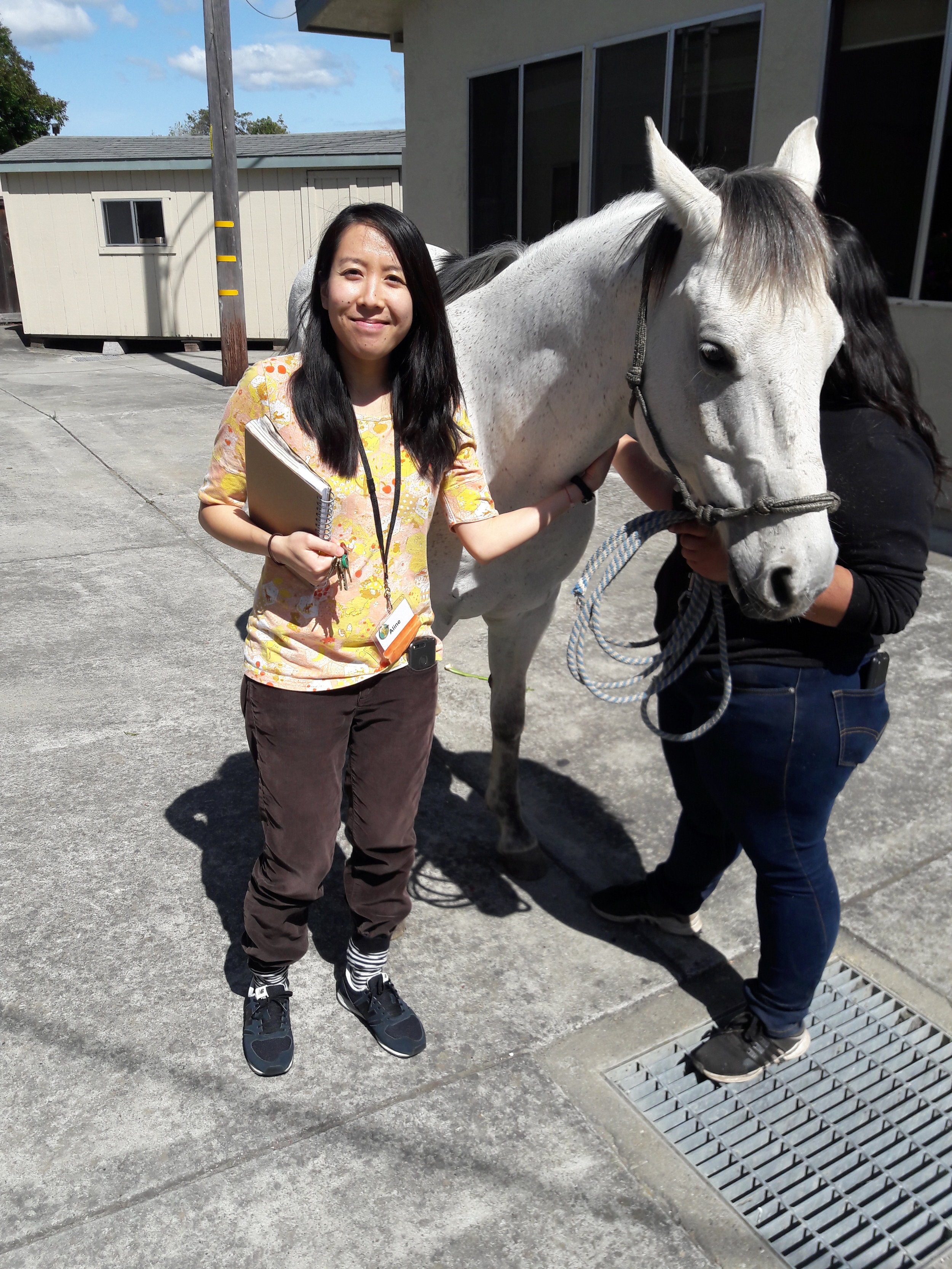There’s no single cause for suicide. Suicide most often occurs when stressors and health issues converge to create an experience of hopelessness and despair. Depression is the most common condition associated with suicide, and it is often undiagnosed or untreated. Conditions like depression, anxiety, and substance problems, especially when unaddressed, increase risk for suicide. Yet it’s important to note that most people who actively manage their mental health conditions go on to lie meaningful lives.
Suicide Warning Signs
Something to look out for when concerned that a person may be suicidal is a change in behavior or the presence of entirely new behaviors. This is of sharpest concern if the new or changed behavior is related to a painful event, loss, or change. Most people who die by suicide exhibit one or more warning signs, either through what they say or what they do. Warning signs can include health factors as well as environmental and historical factors. Warning signs can include:
Threats or comments about killing themselves, also known as suicidal ideation, can begin with seemingly harmless thoughts like, “I wish I wasn’t here” but can become more overt and dangerous
Increased alcohol and drug use
Social withdrawal from friends, family and the community
Talking, writing, or thinking about death
Access to weapons and/or other lethal means
Prolonged stress, such as harassment, bullying, relationship problems, or unemployment
Previous suicide attempts
Family history of suicide
Childhood abuse, neglect, or trauma
Protective Factors
There is good news. There are factors that provide individuals protection and strength.
HOPE: In the RCCS, we know that our efforts to increase one’s hope about the future is an important protective factor. RCCS Conversations can re-awaken individuals to dream again and develop a meaningful recovery plan.
RESILIENCE: The clients an members our programs serve are strong and resilient people. Within the RCCS, we can have guided conversations that help reveal these strengths and assist our clients/members in using their strengths in the recovery. Conversations help clients/members tell their story as a “hero” and survivor rather than a sufferer.
CONNECTIONS: The important connections people have in their lives are protective. Connections can include:
Important people in one’s life (family and friends)
Connections to pets and animals
Connections to a community of people
One’s spiritual connections
Finally, we can engage with the individuals we serve to complete full and timely risk assessments to identify risk and planned preventative interventions. For more insight into the value of connections, click here.
More Information:
As a team, view and discuss Kevin Hines’ story. Kevin attempted suicide by jumping off the Golden Gate Bridge. Kevin survived and is using his story to help others. Watch his story from a suicide prevention series by Los Angeles Department of Mental Health and Power 106:



